Insights
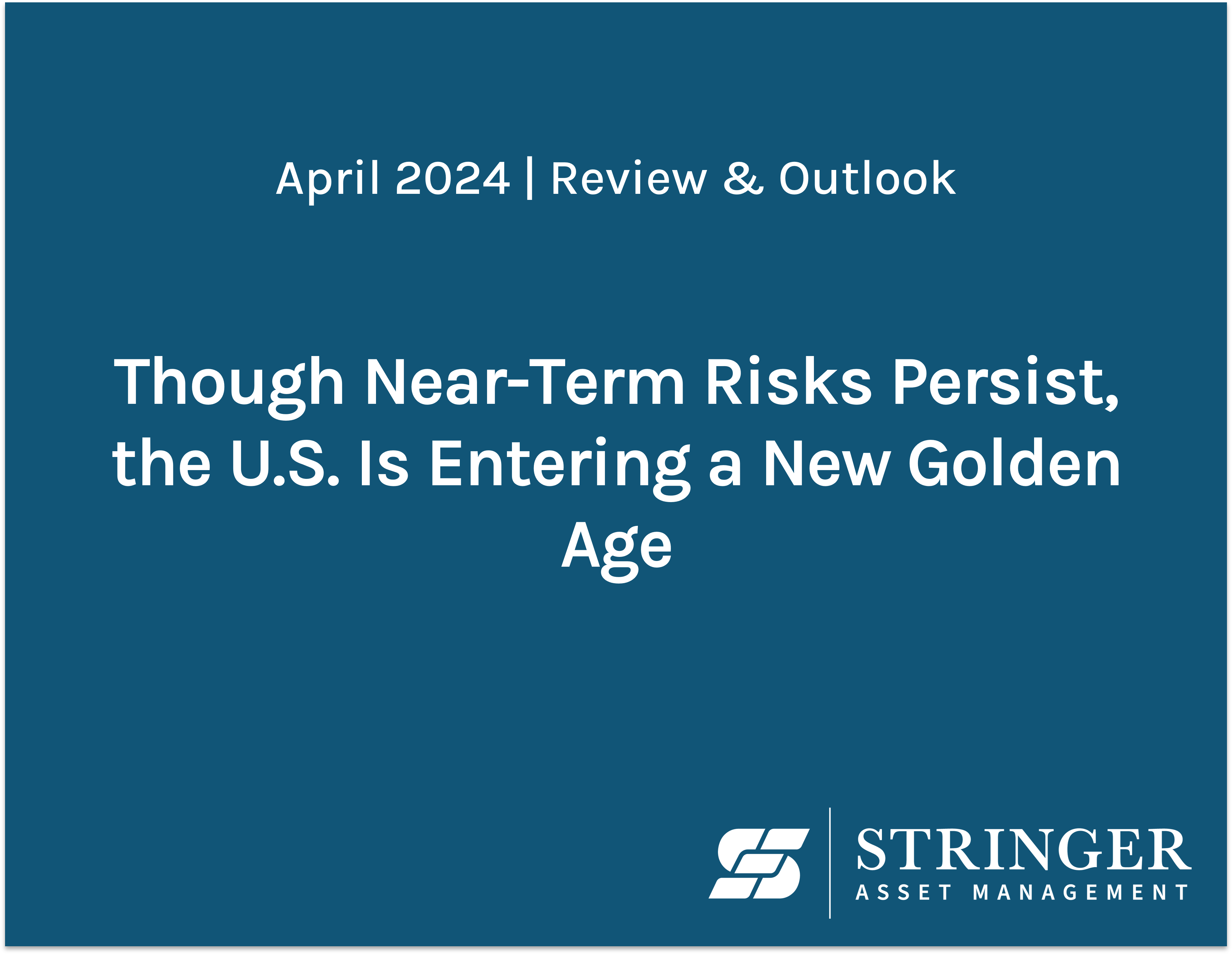
Apr 2024
Monthly Review & Outlook
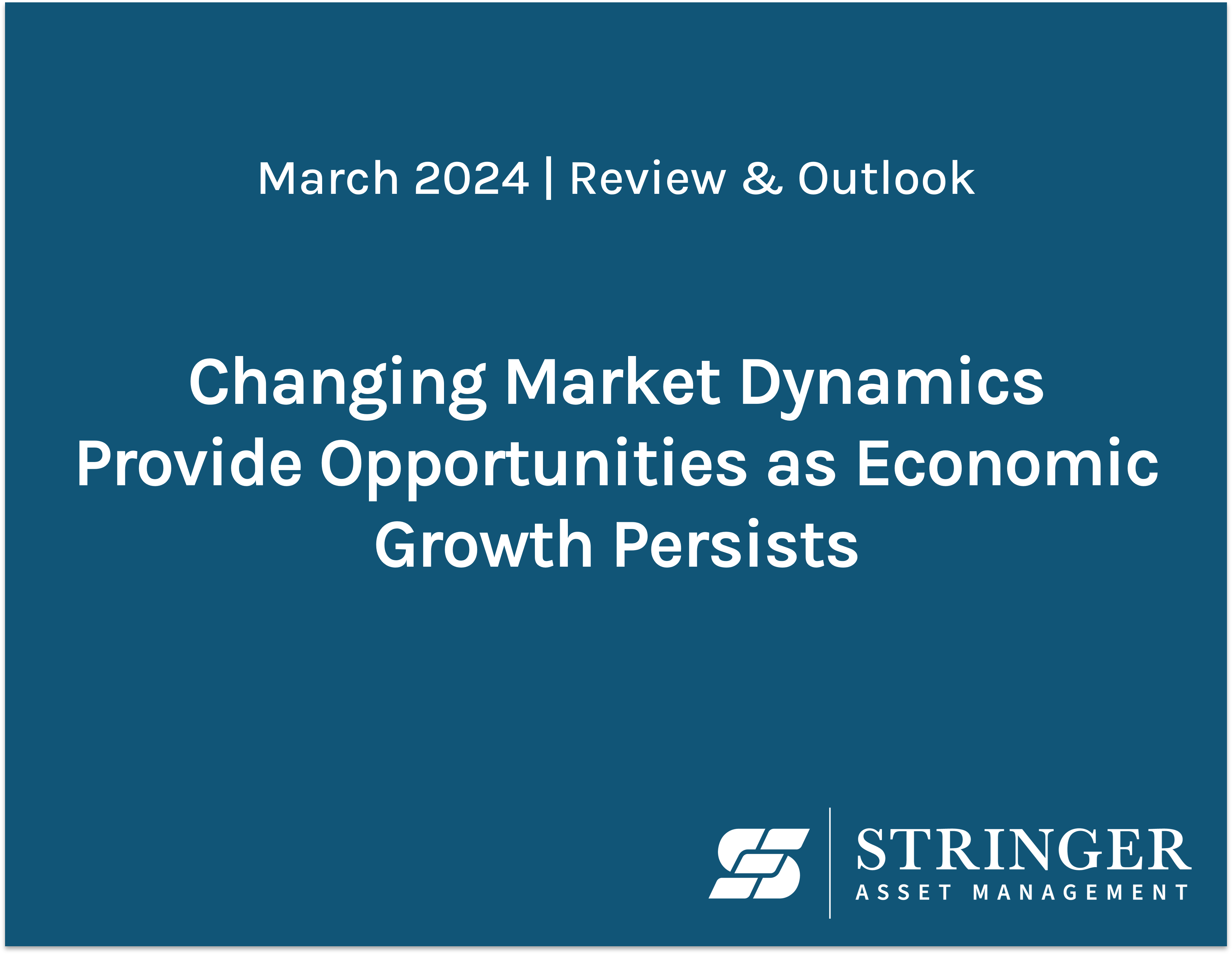
Mar 2024
Monthly Review & Outlook
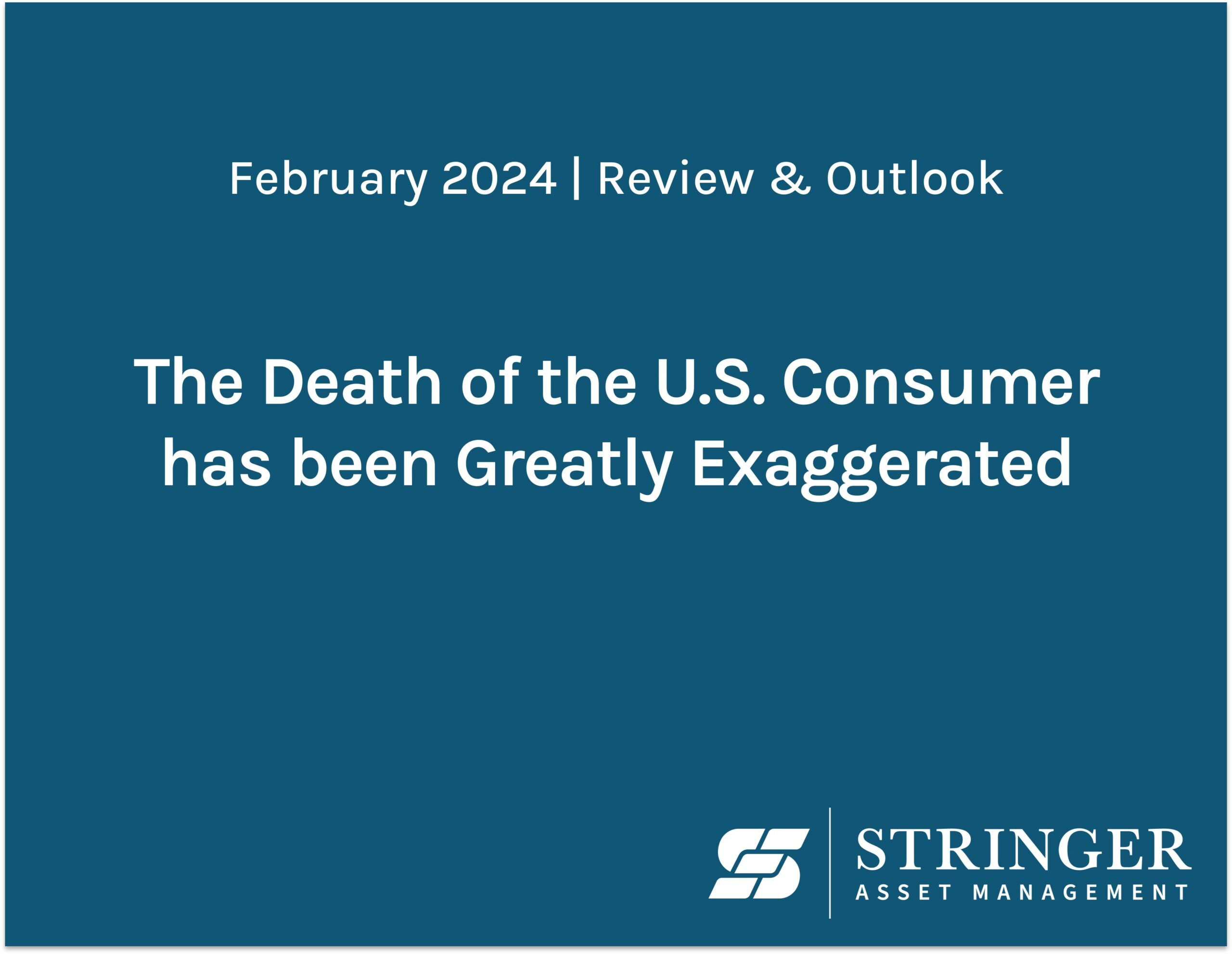
Feb 2024
Monthly Review & Outlook
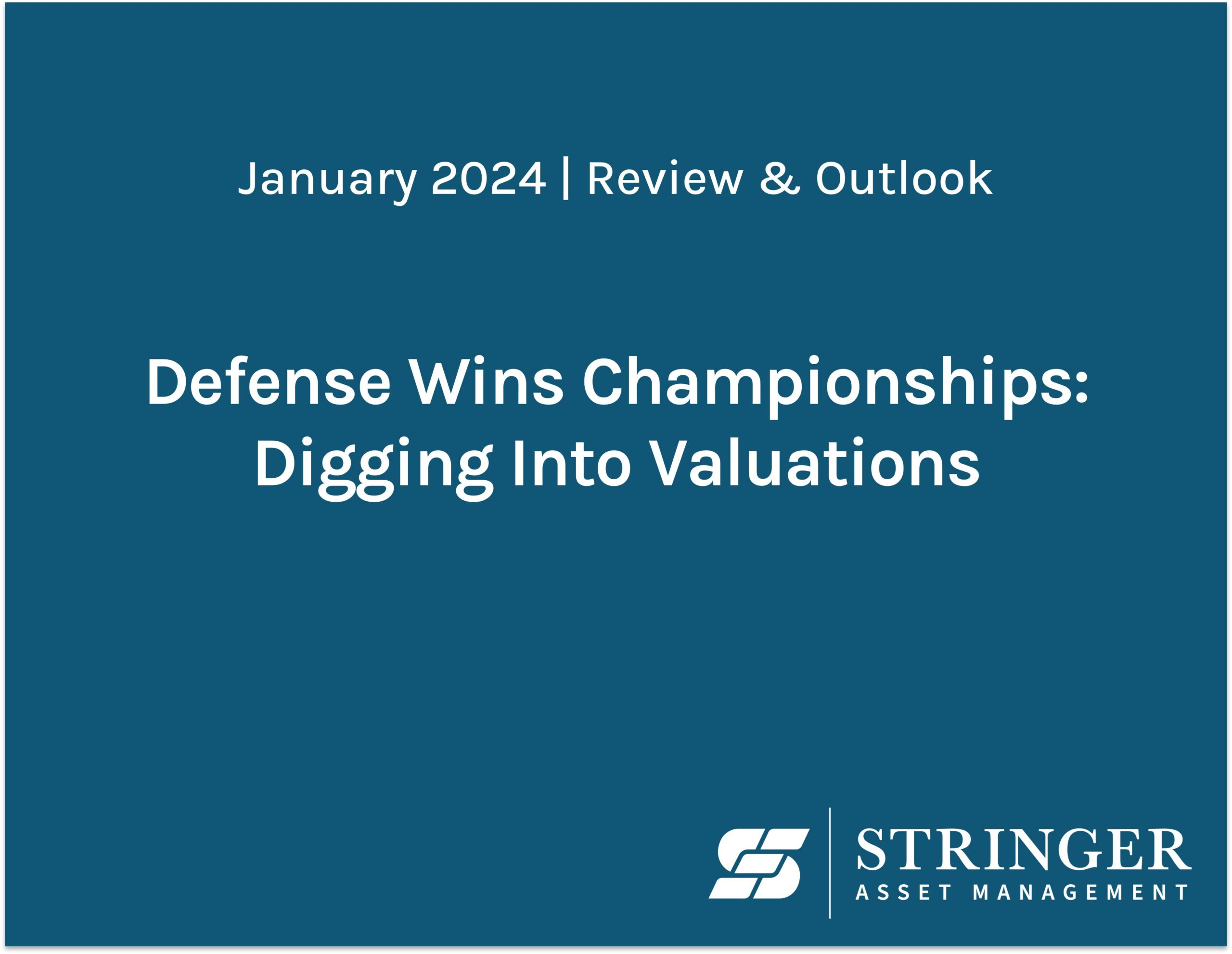
Jan 2024
Monthly Review & Outlook
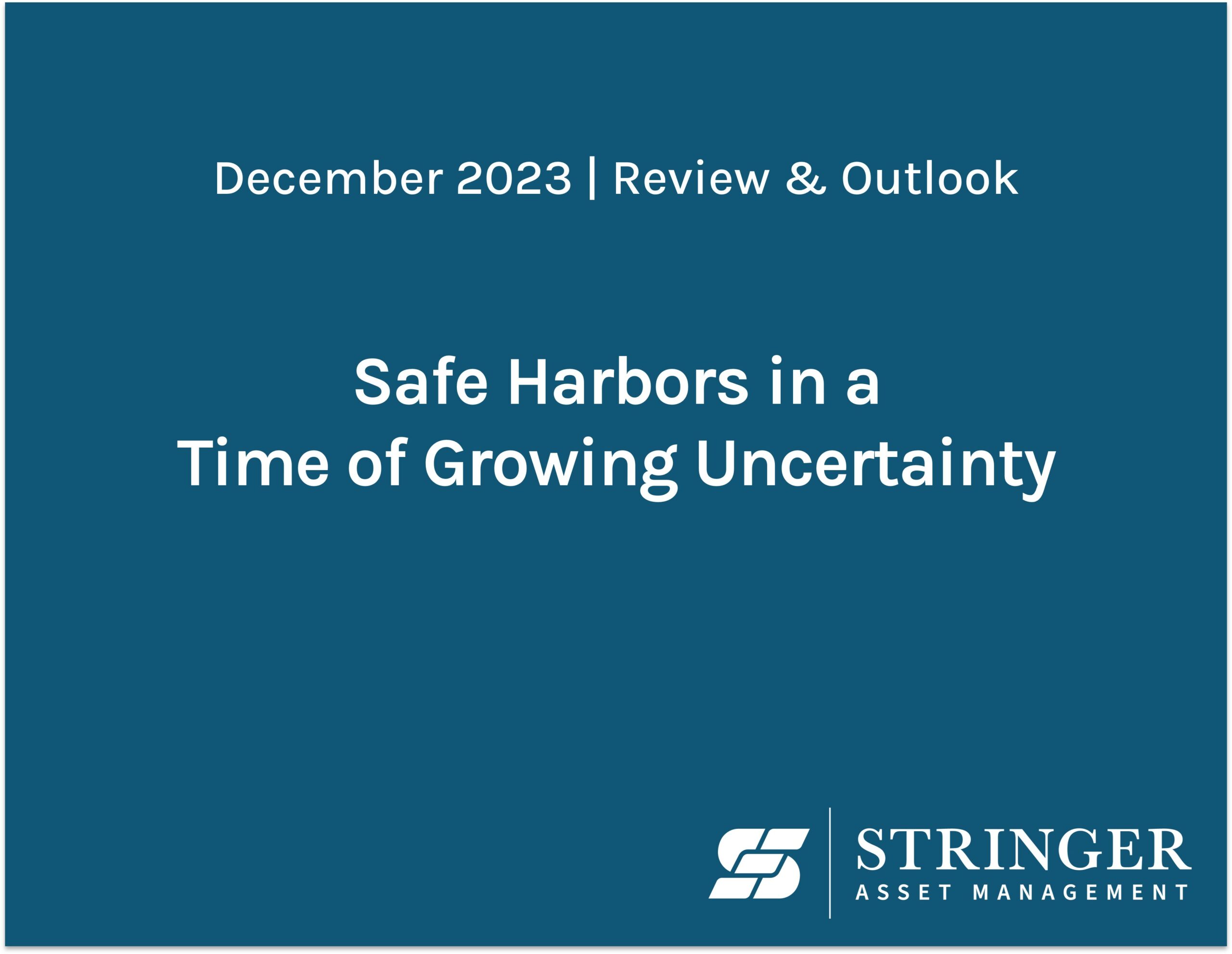
Dec 2023
Monthly Review & Outlook
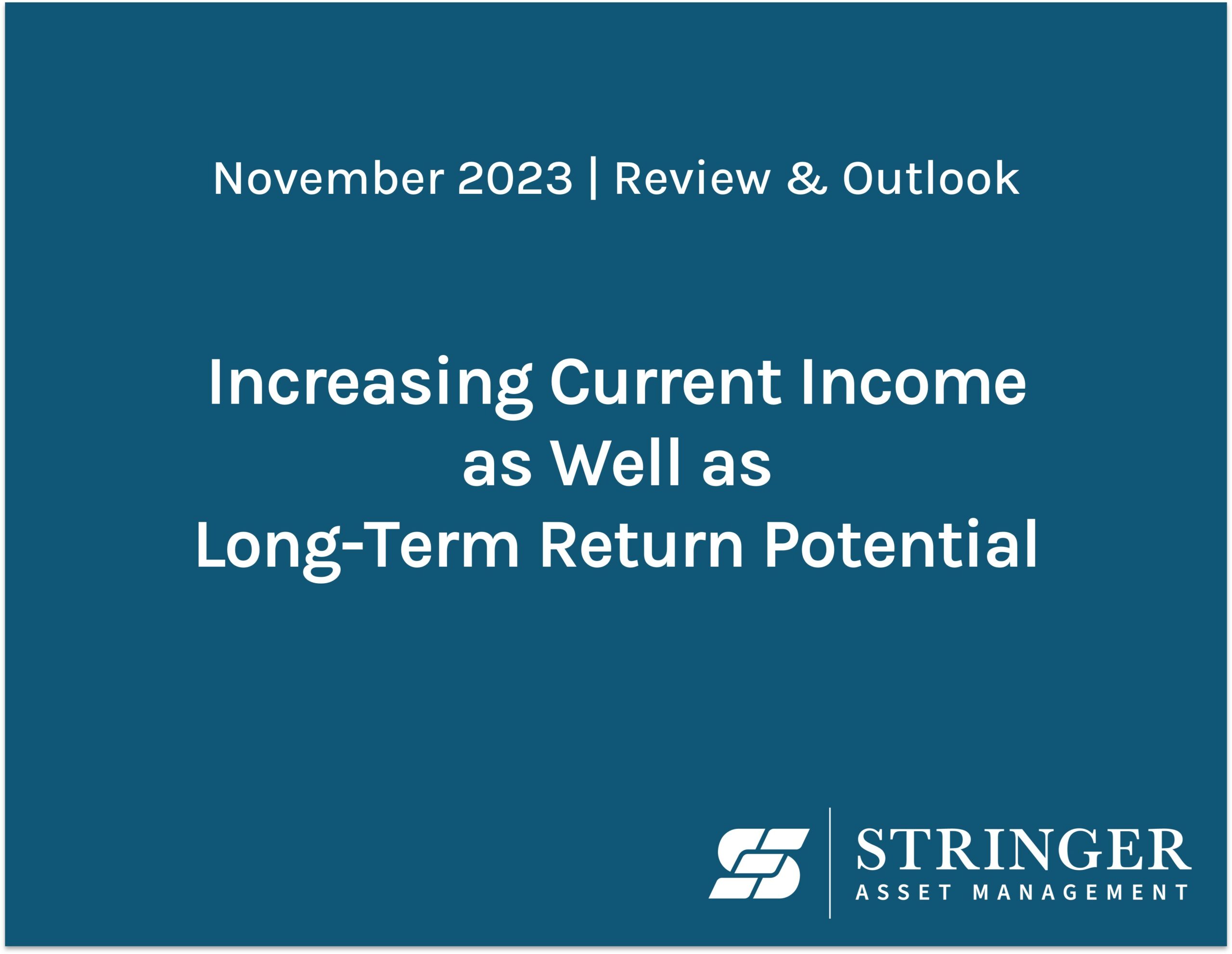
Nov 2023
Monthly Review & Outlook
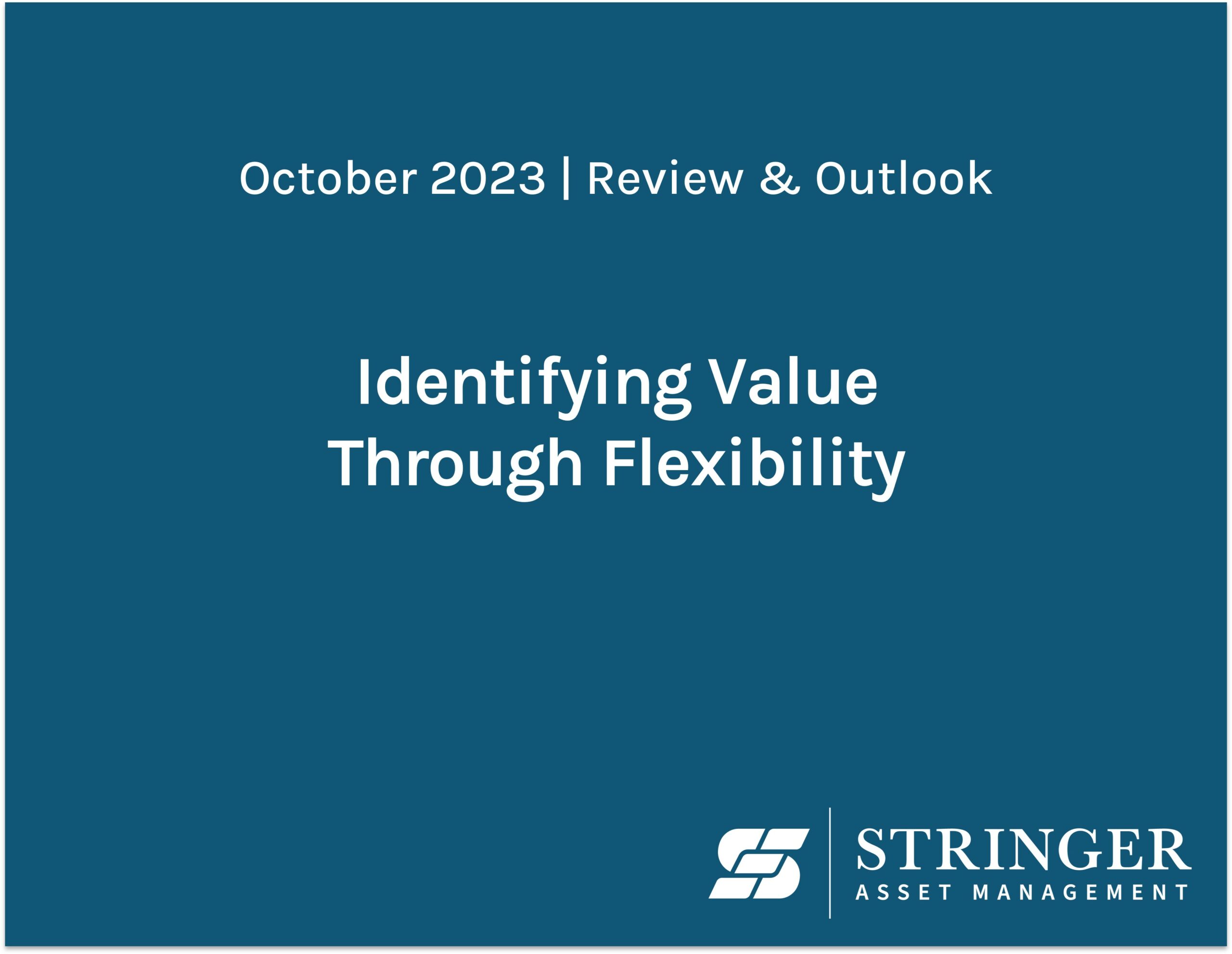
Oct 2023
Monthly Review & Outlook
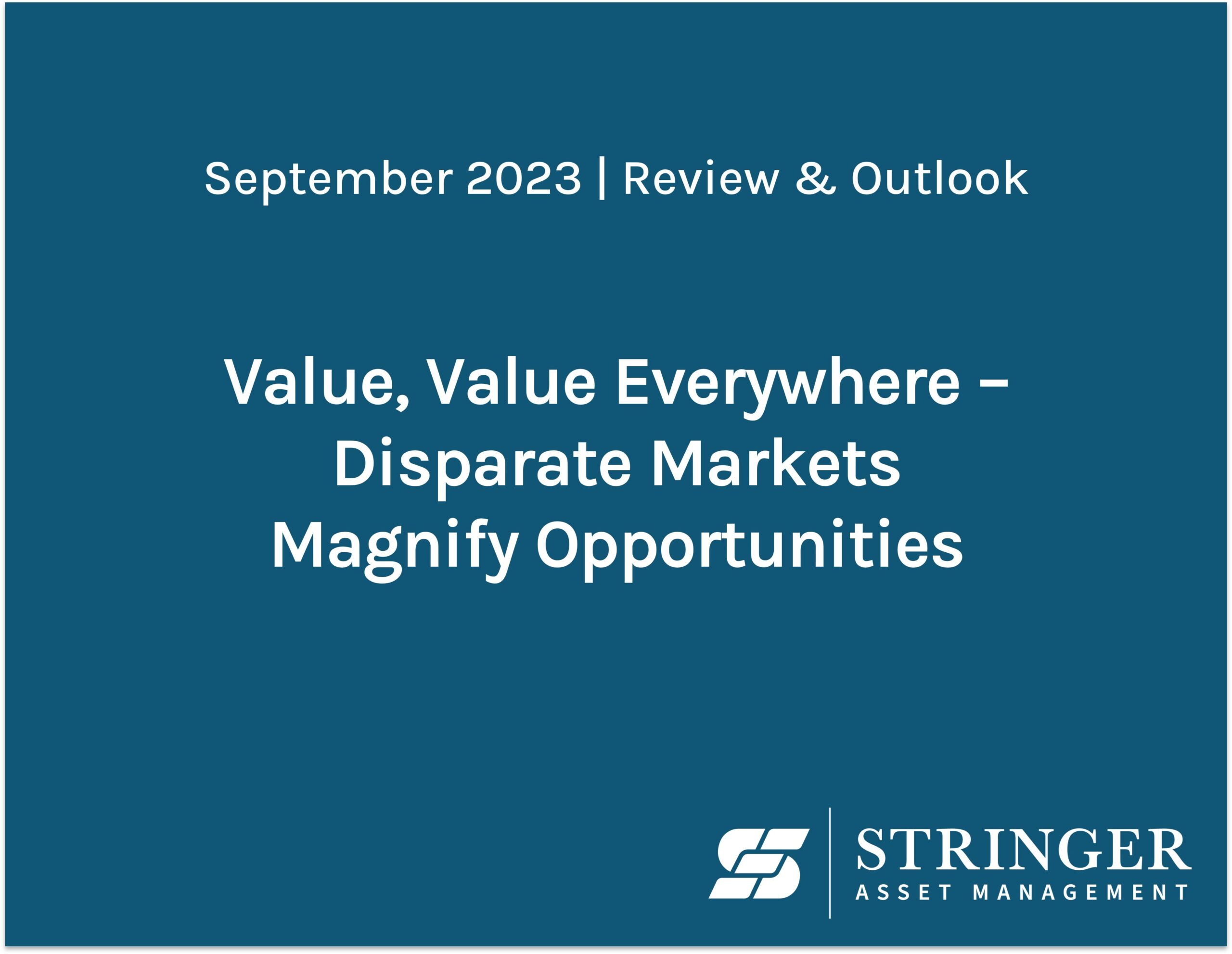
Sep 2023
Monthly Review & Outlook
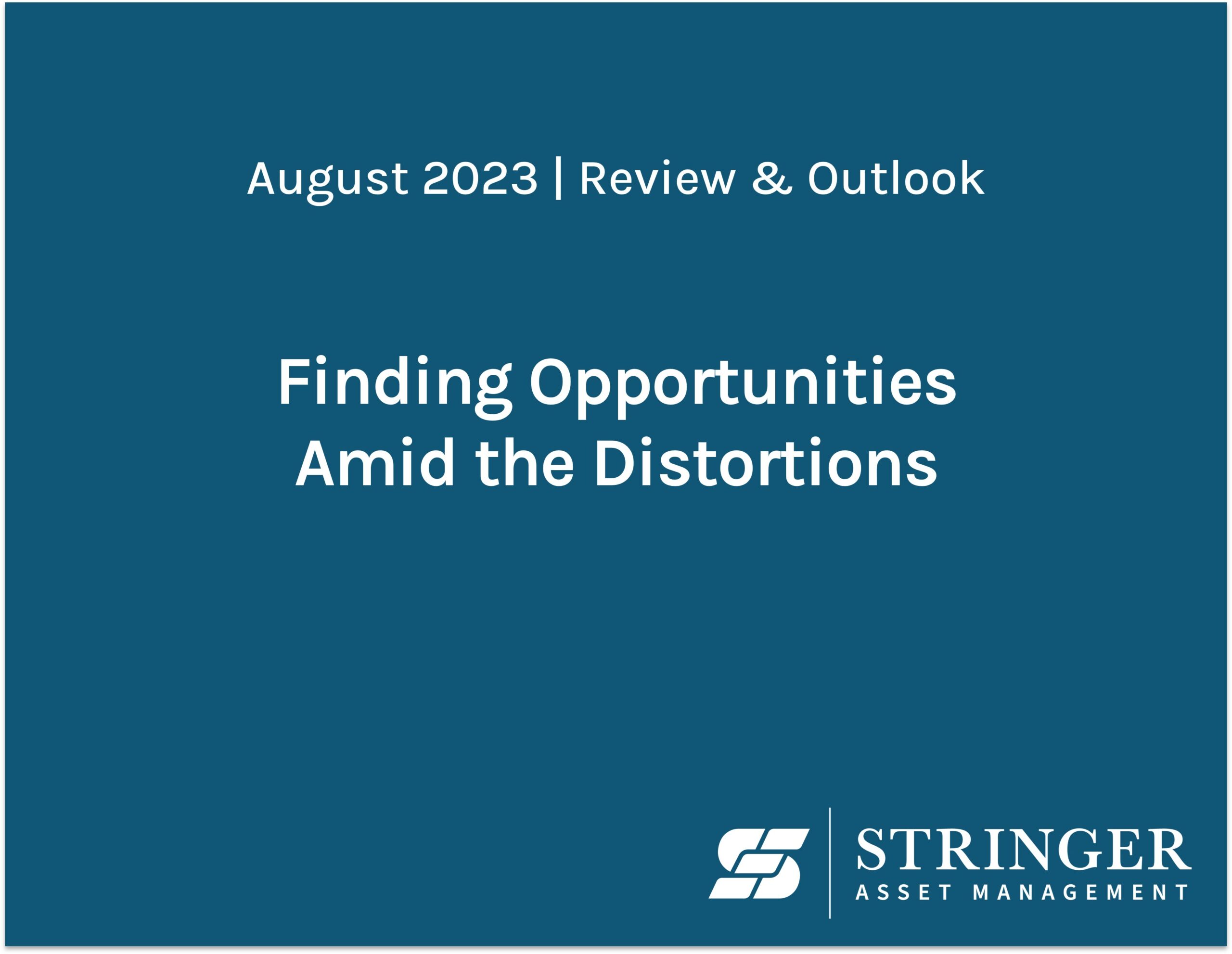
Aug 2023
Monthly Review & Outlook
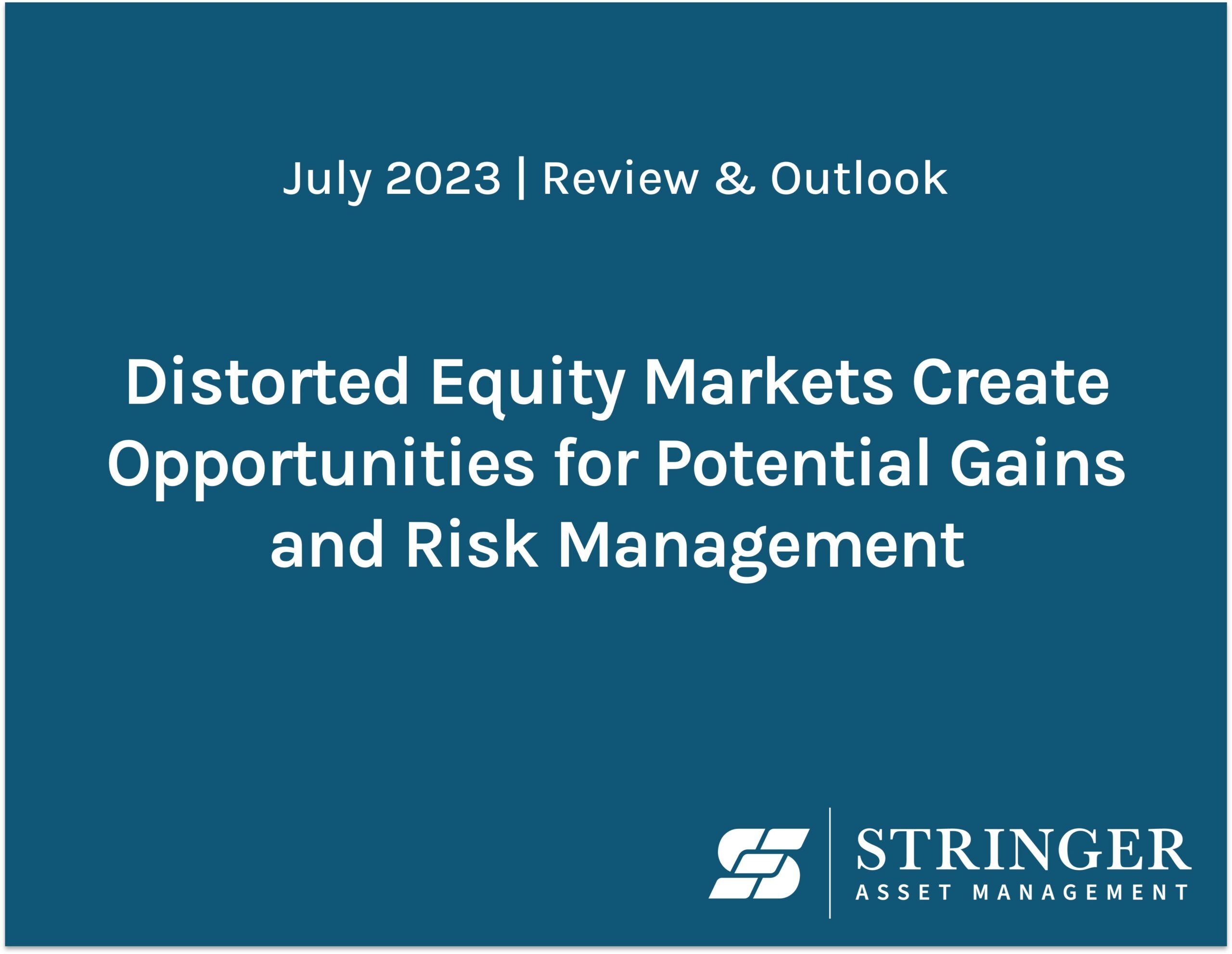
Jul 2023
Monthly Review & Outlook
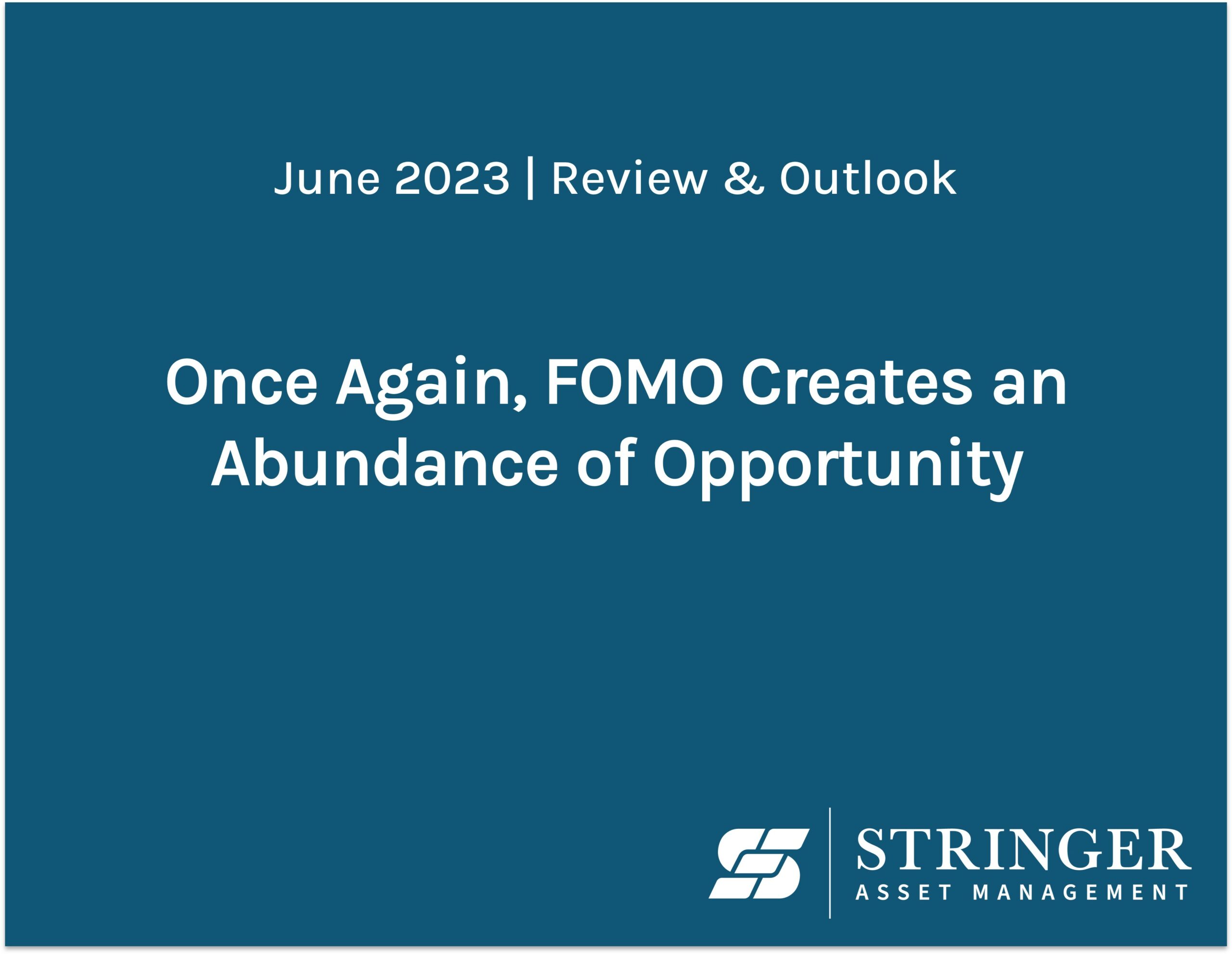
Jun 2023
Monthly Review & Outlook
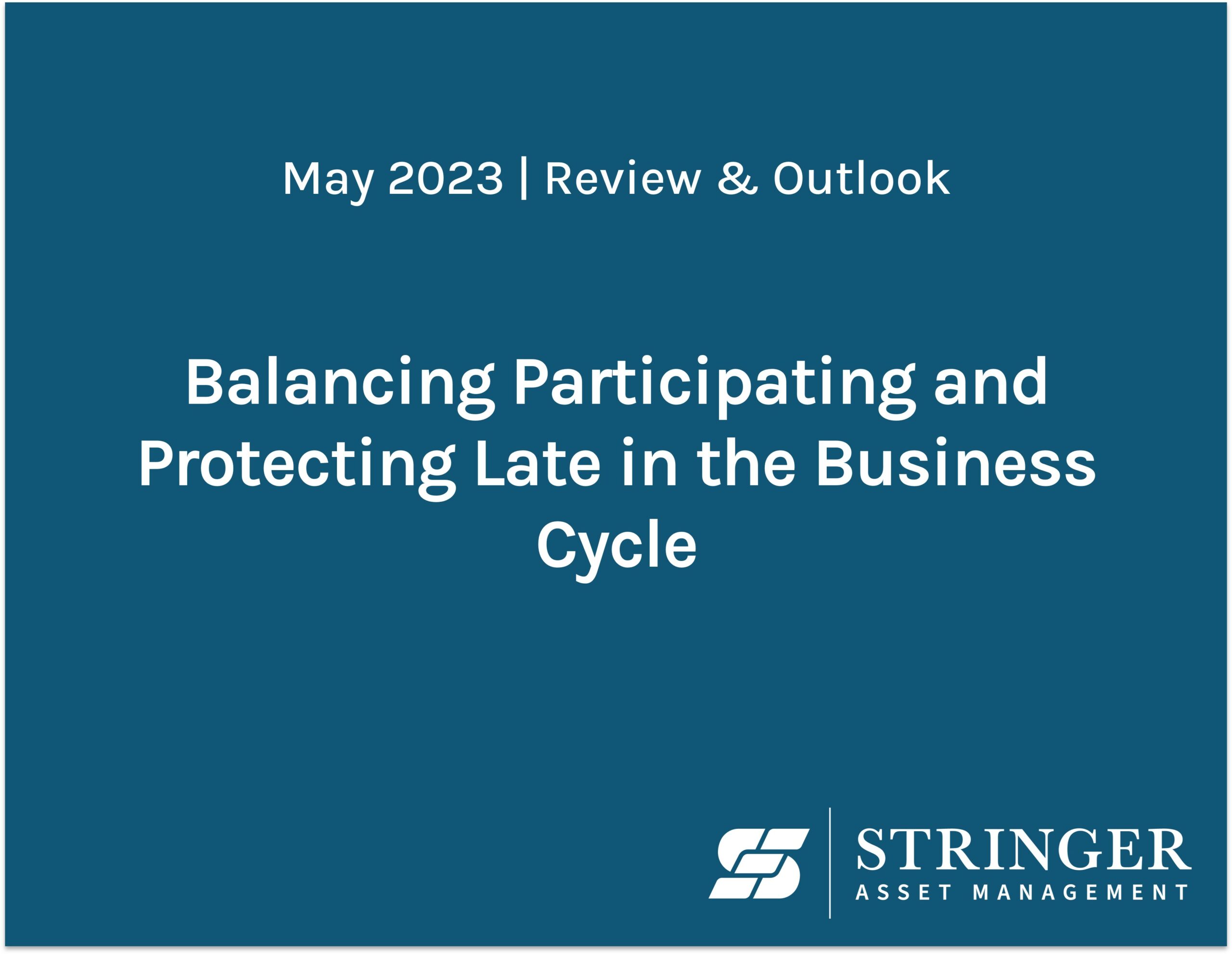
May 2023
Monthly Review & Outlook
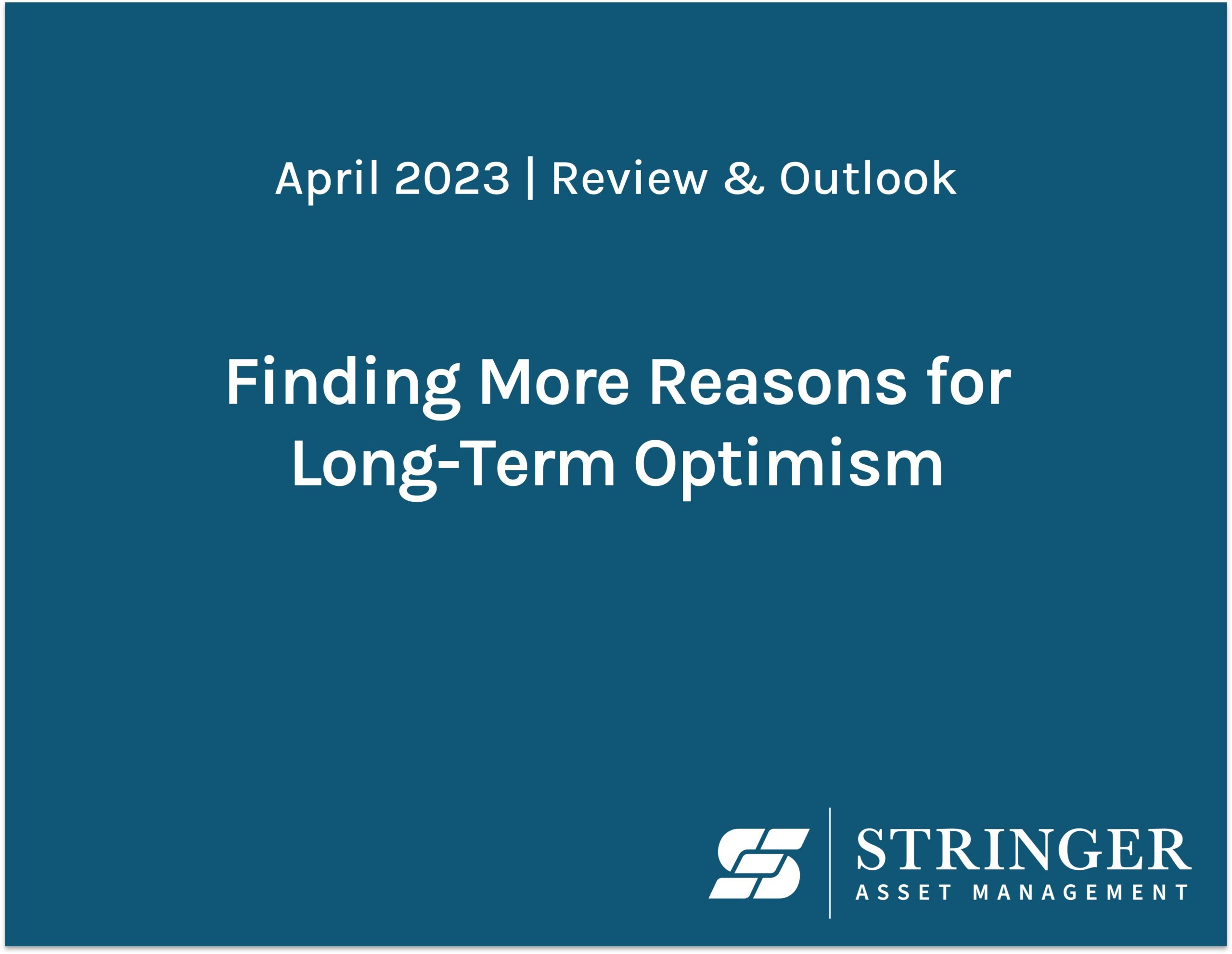
Apr 2023
Monthly Review & Outlook
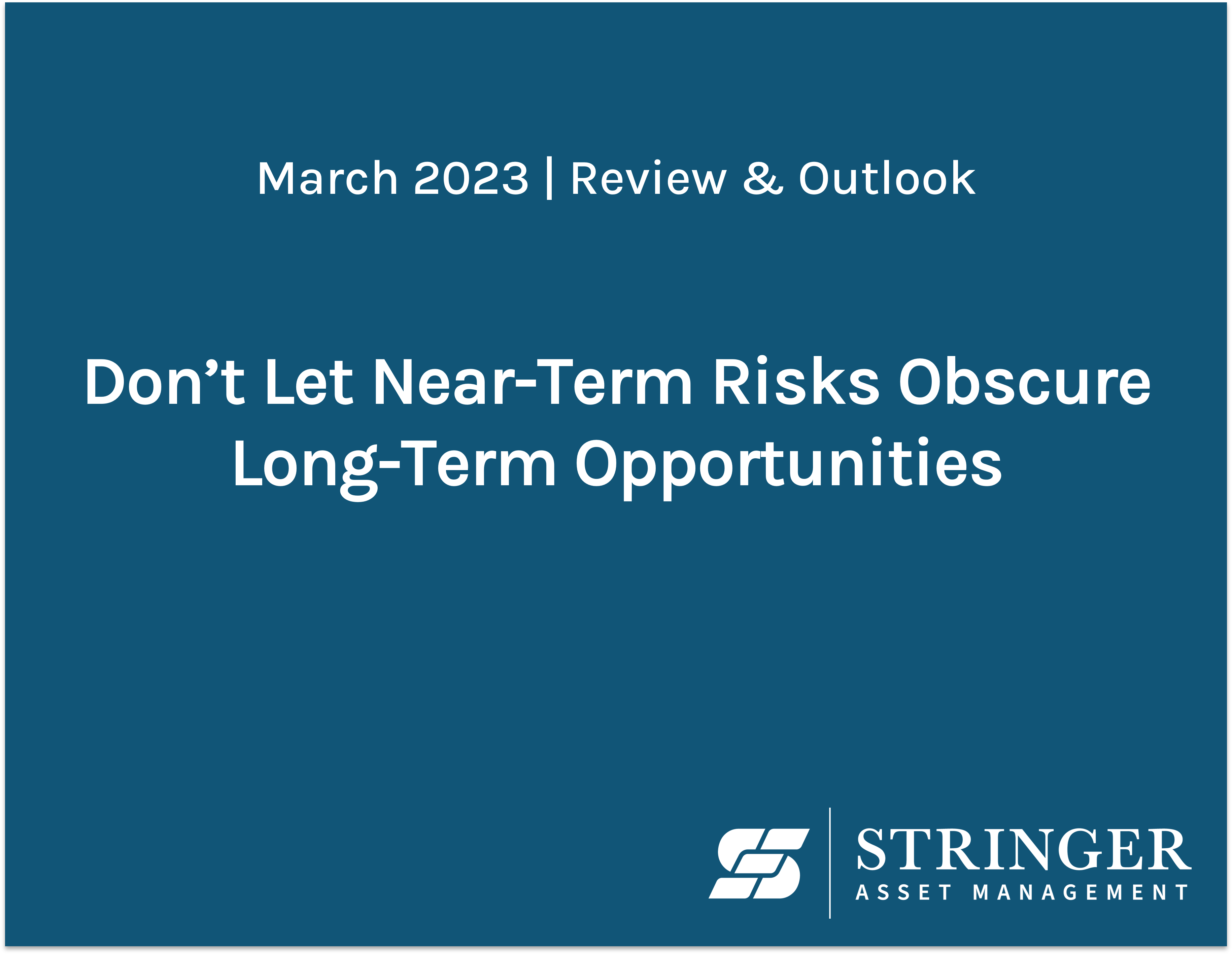
Mar 2023
Monthly Review & Outlook
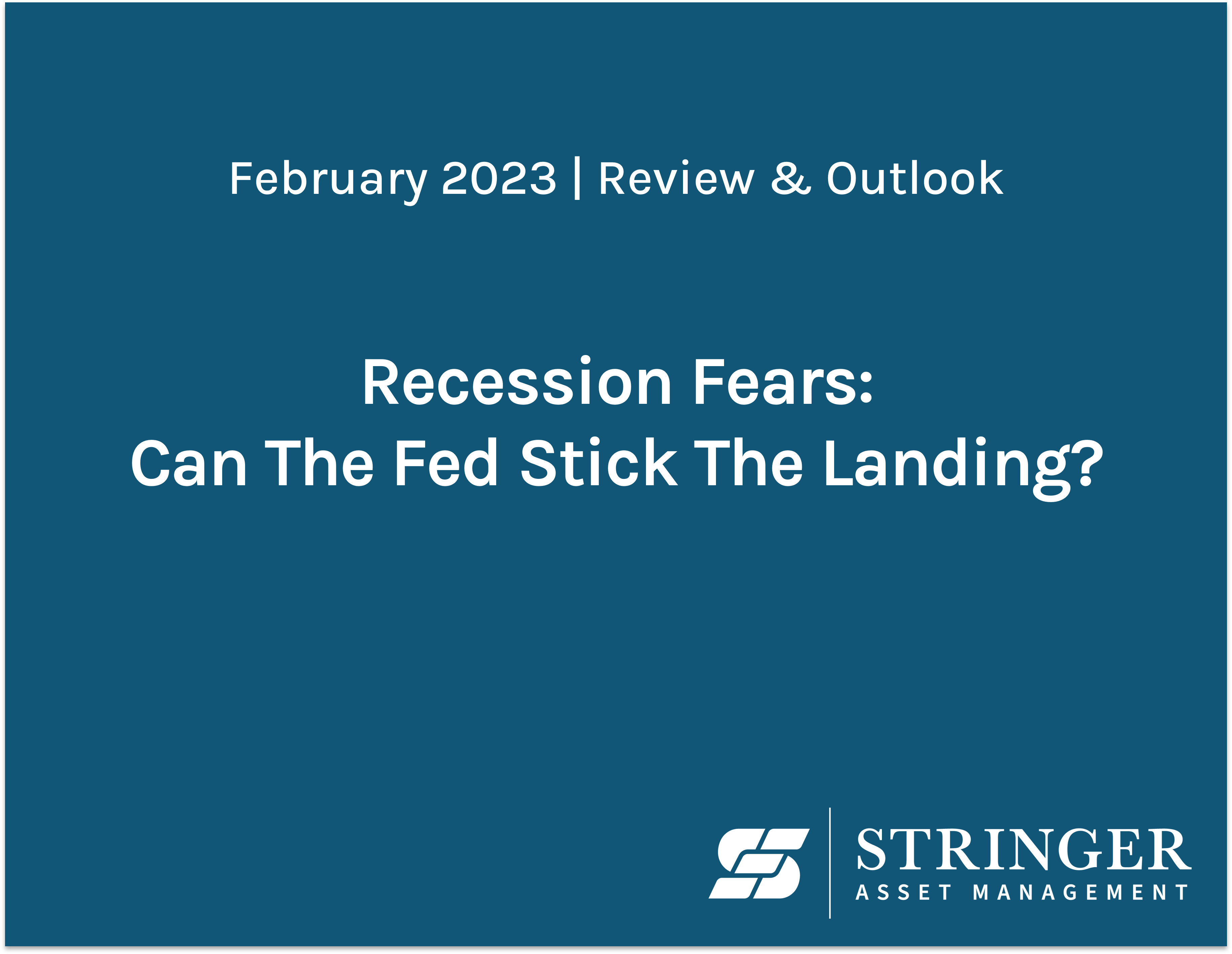
Feb 2023
Monthly Review & Outlook
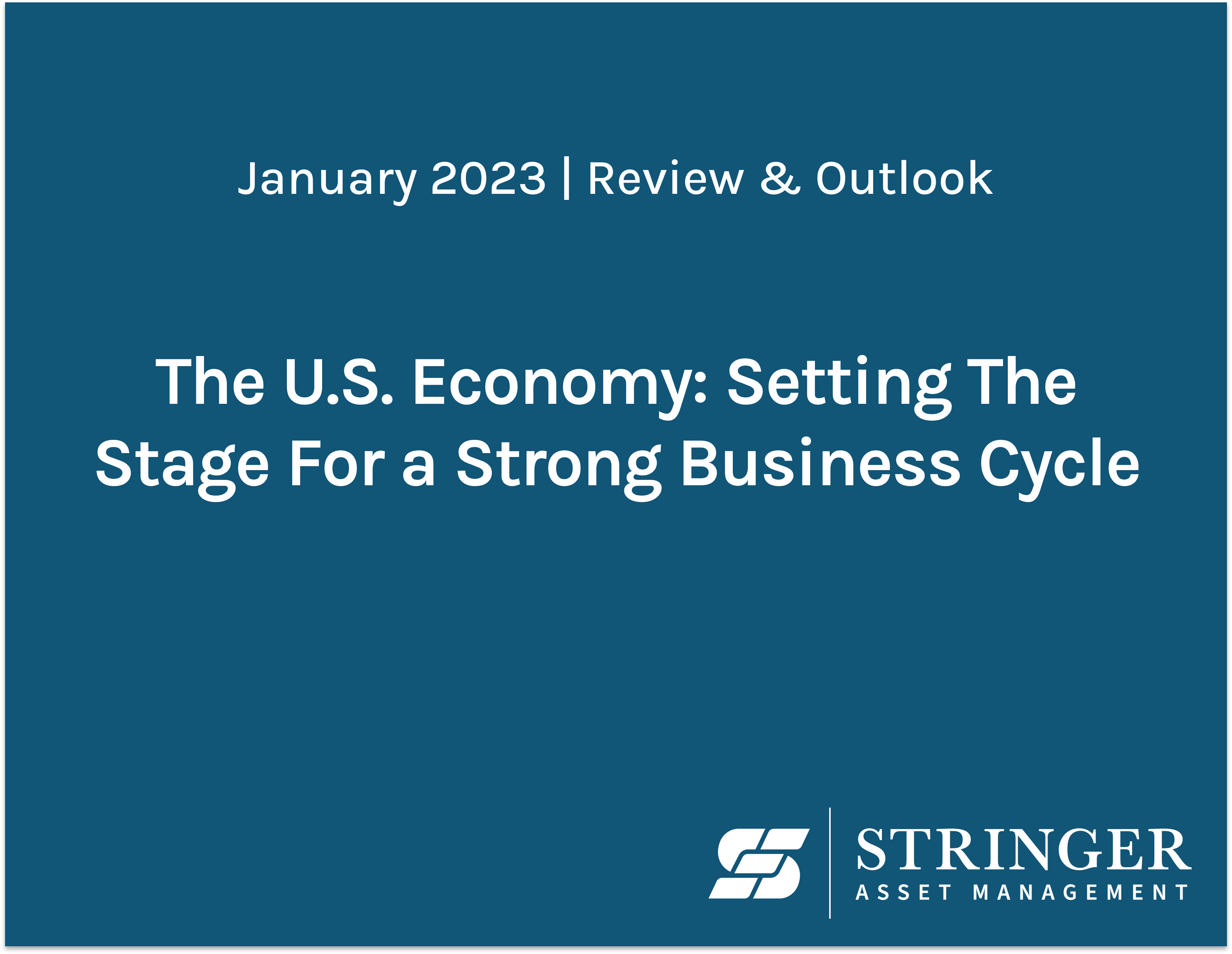
Jan 2023
Monthly Review & Outlook
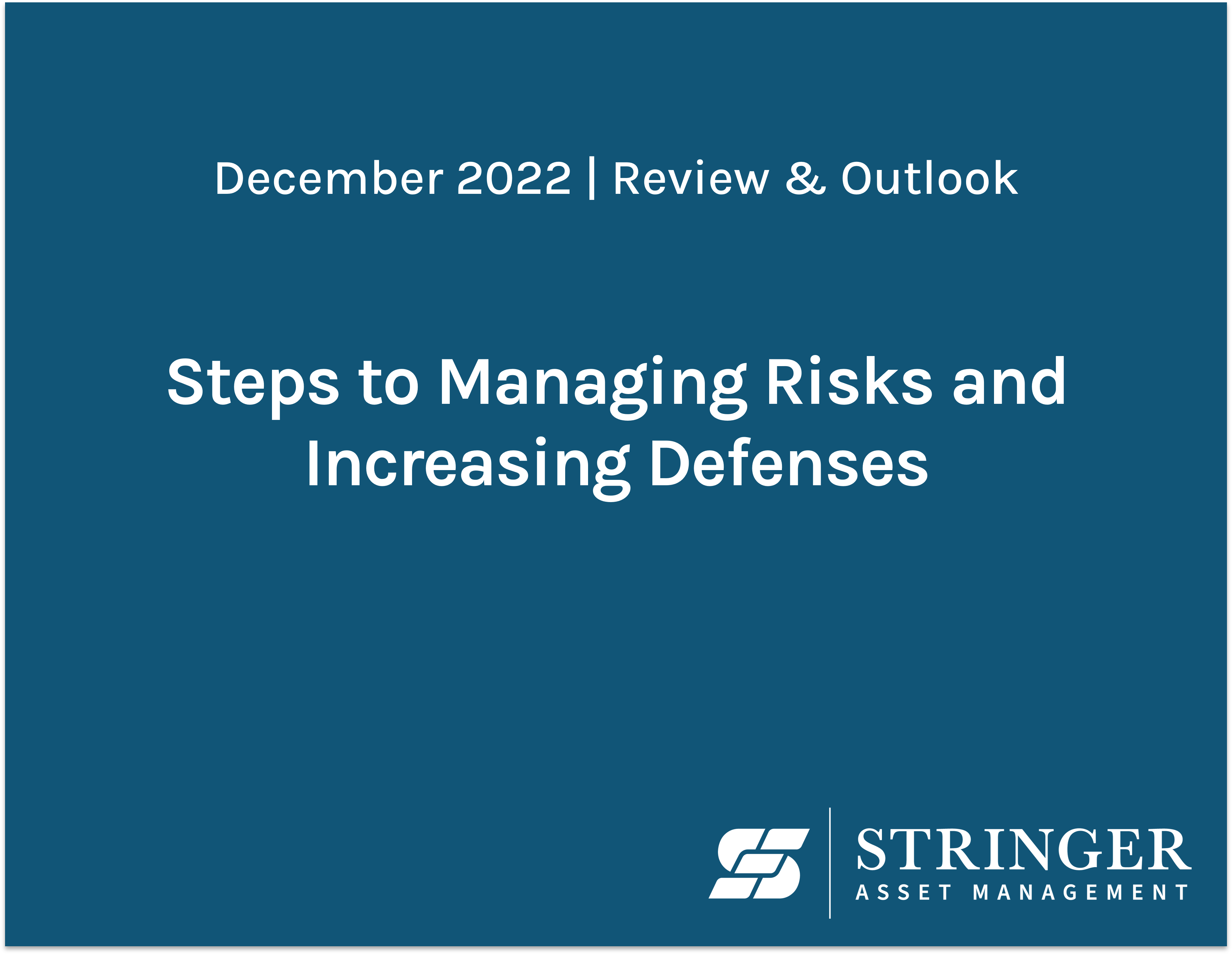
Dec 2022
Monthly Review & Outlook
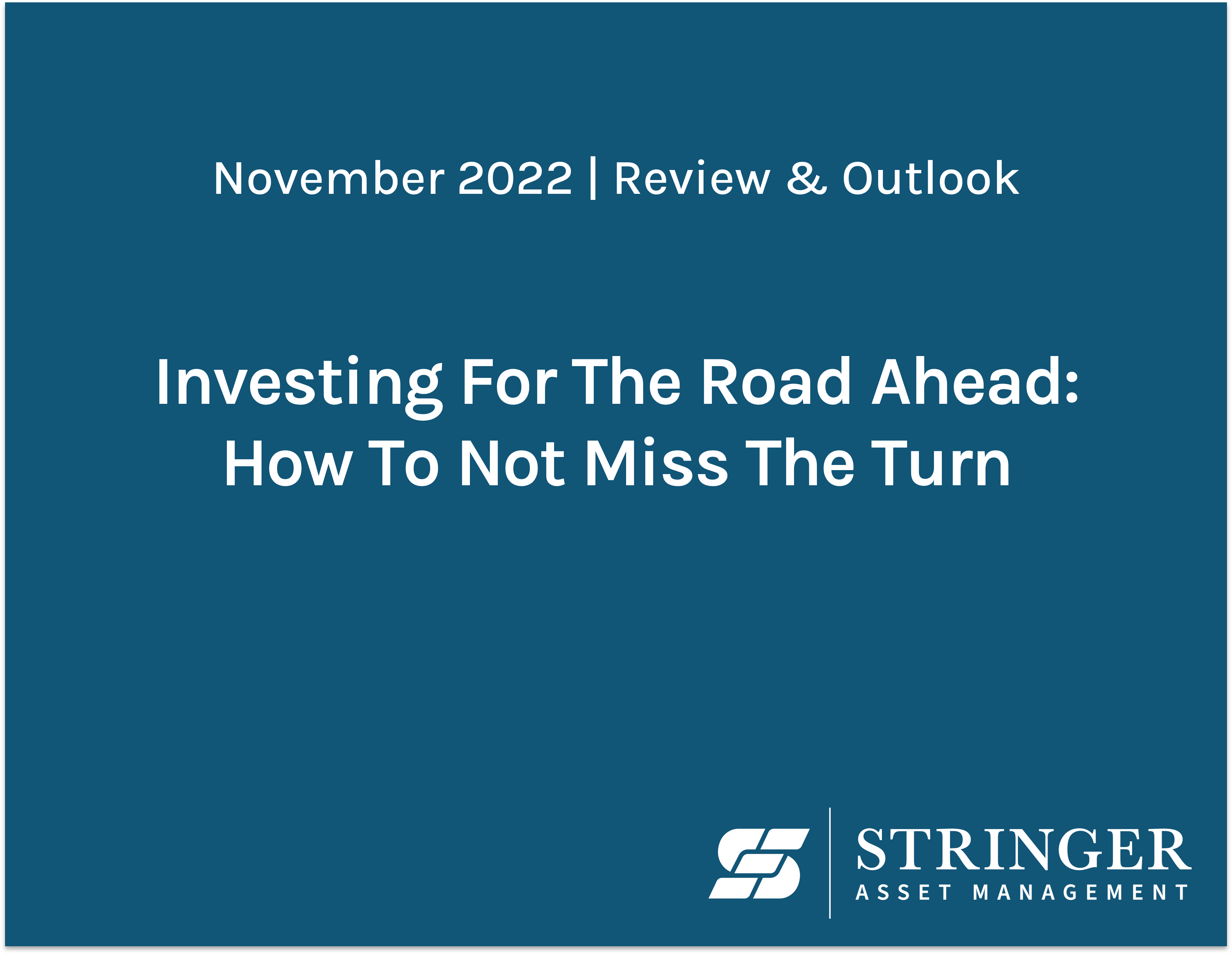
Nov 2022
Monthly Review & Outlook
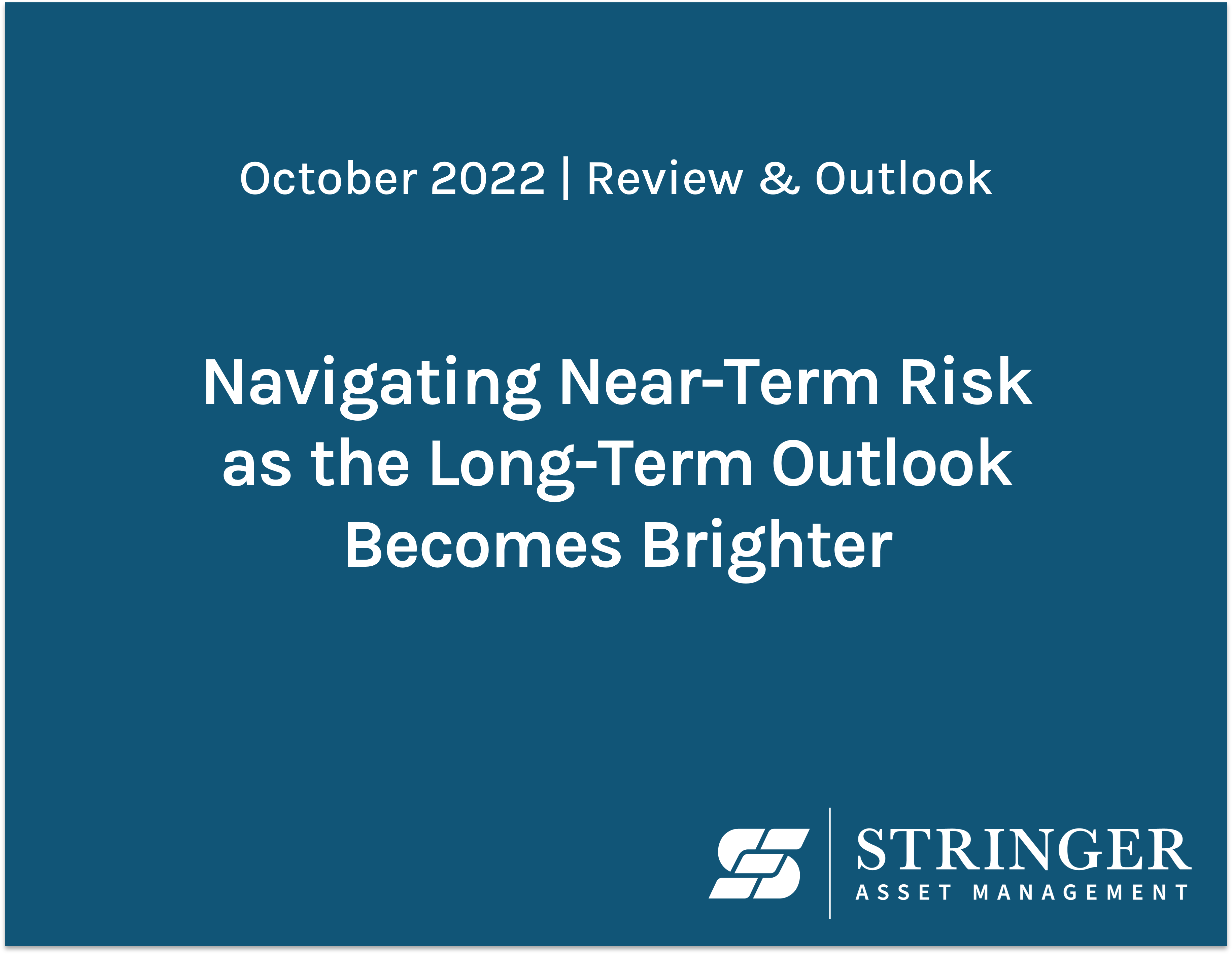
Oct 2022
Monthly Review & Outlook
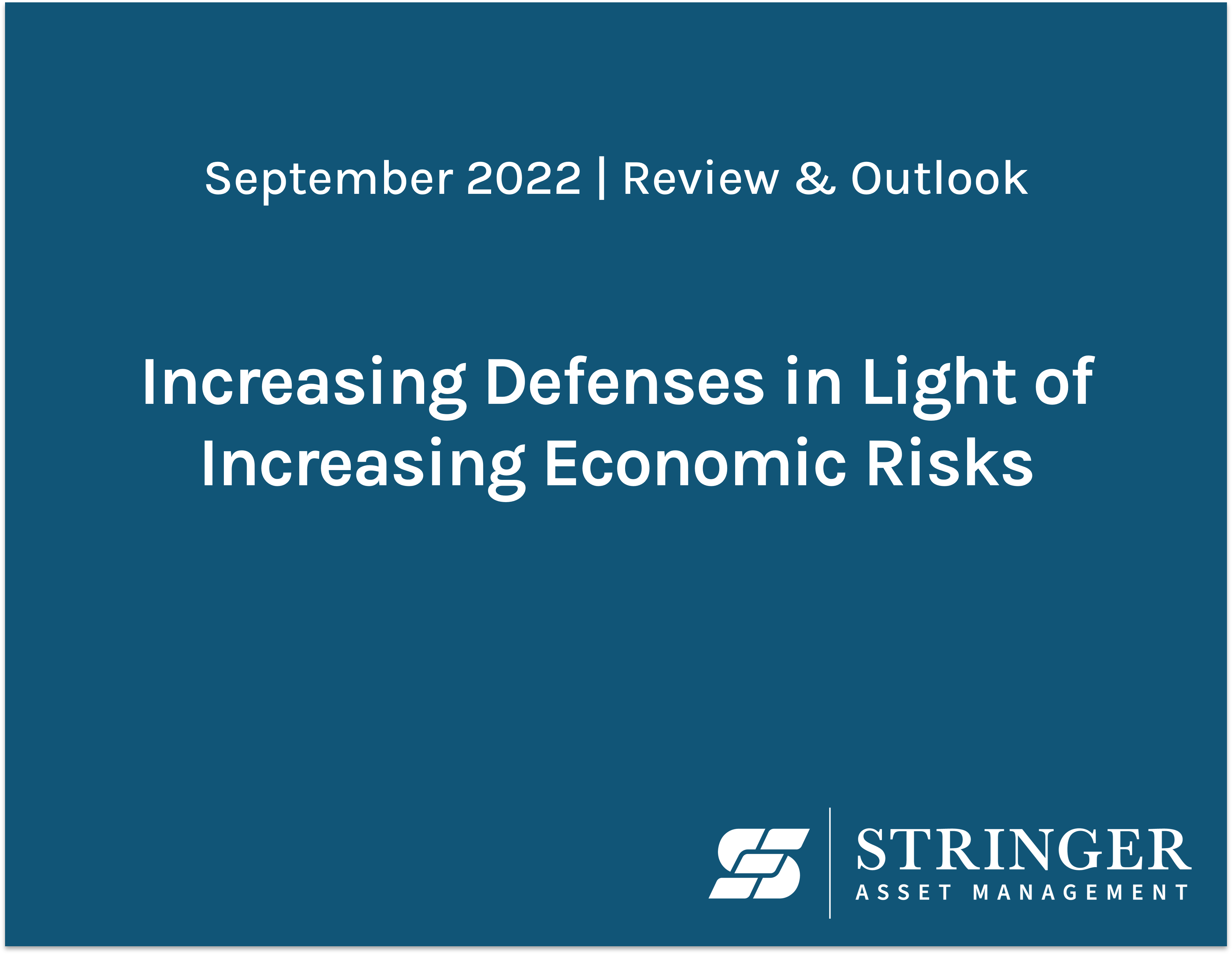
Sep 2022
Monthly Review & Outlook
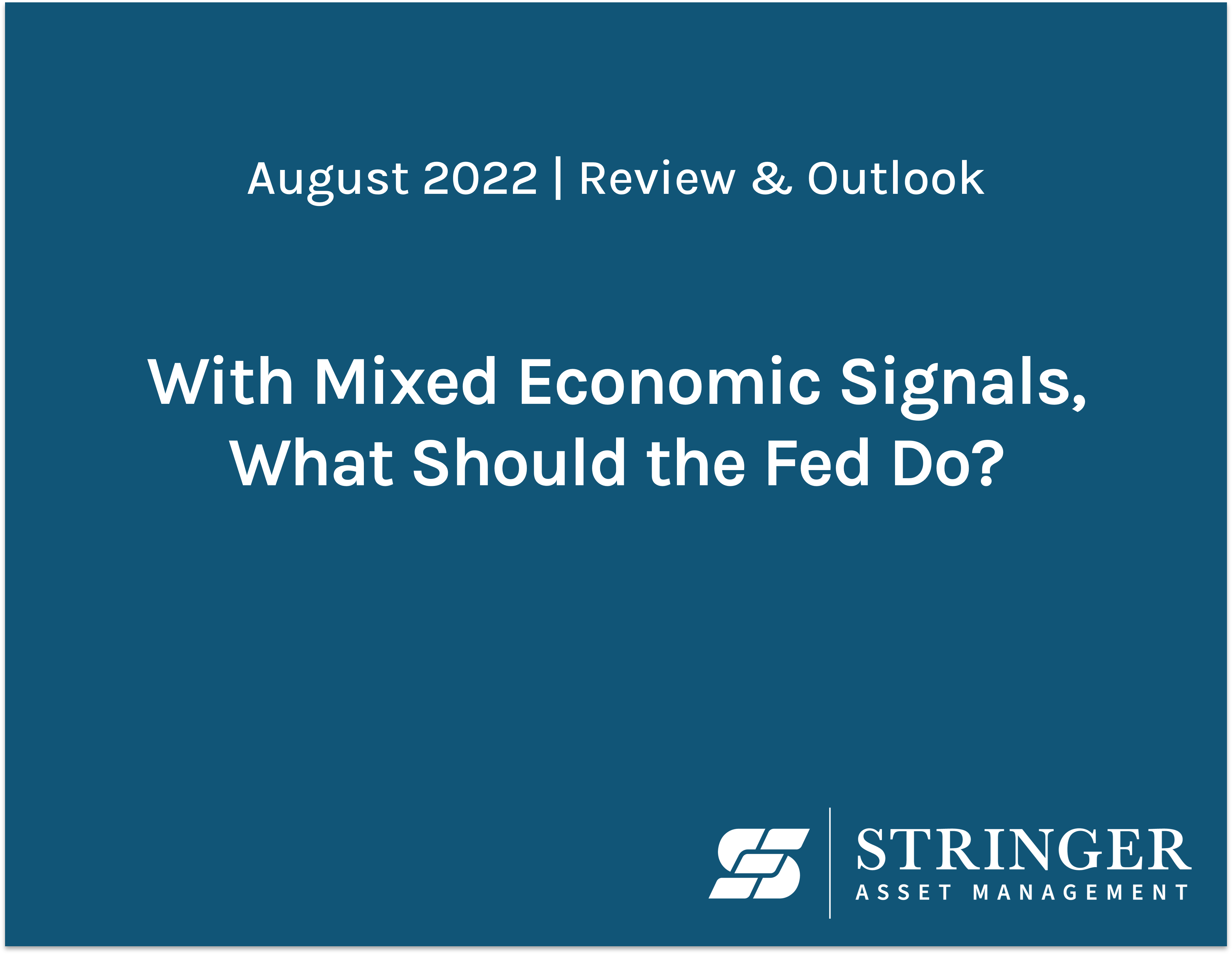
Aug 2022
Monthly Review & Outlook
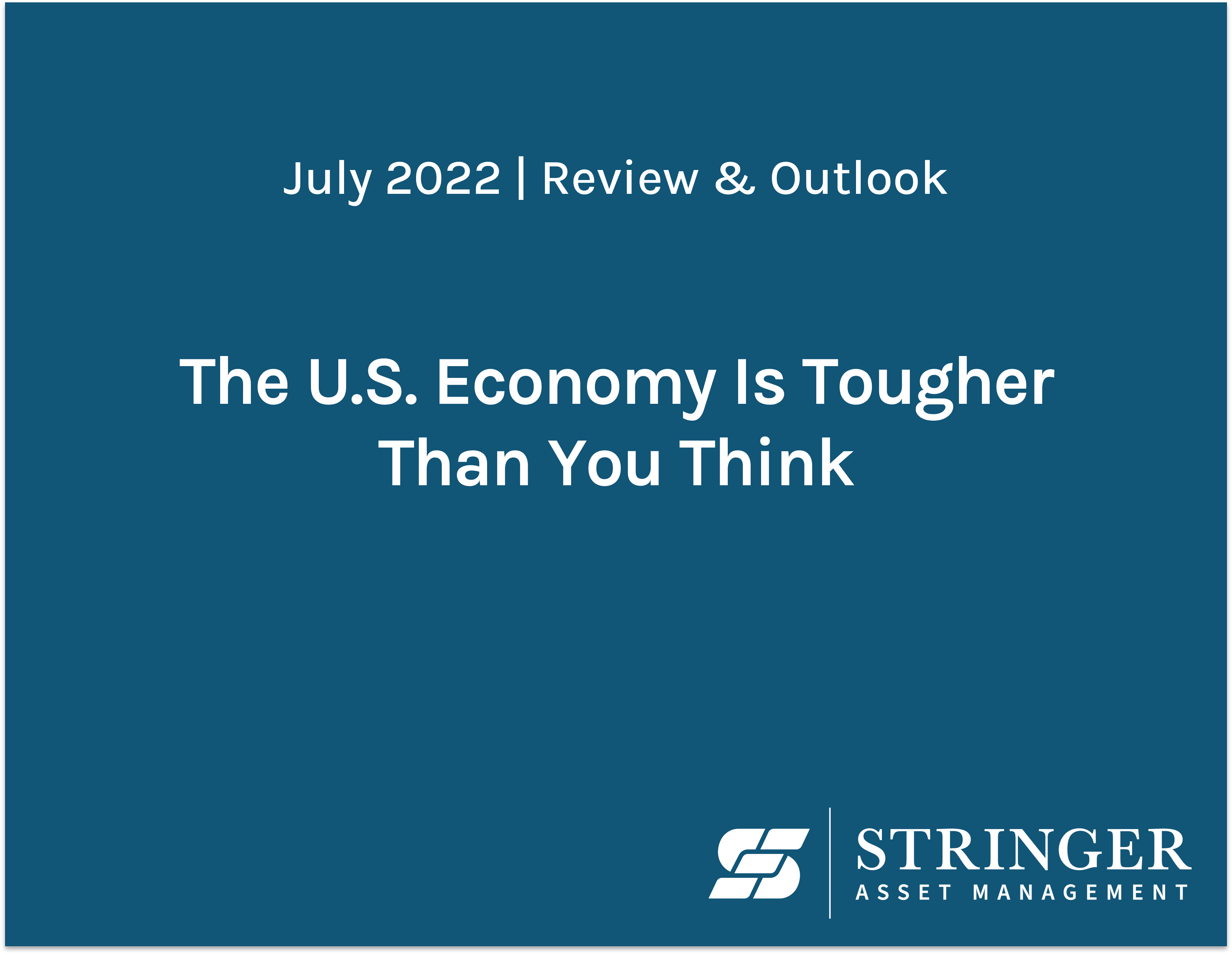
Jul 2022
Monthly Review & Outlook
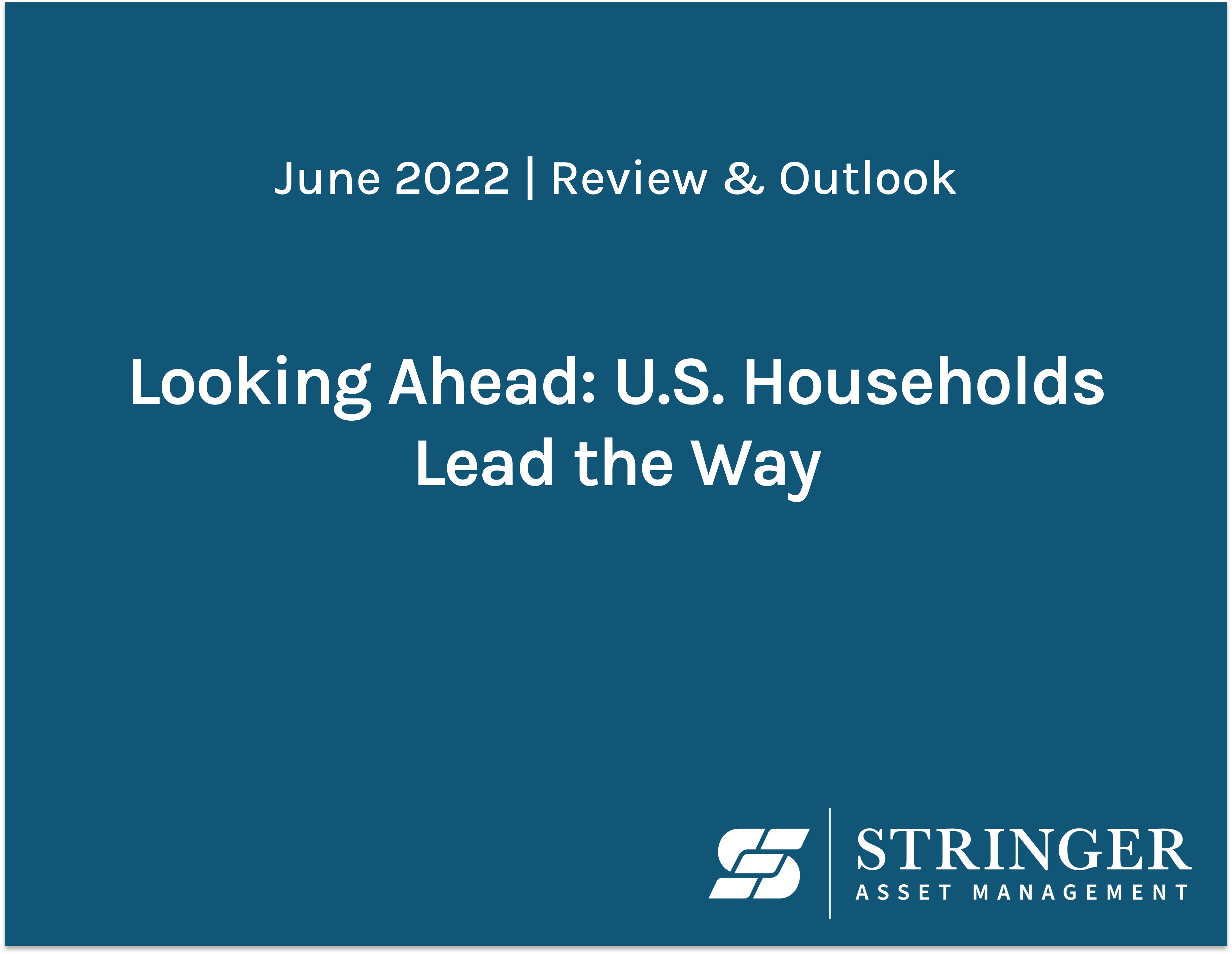
Jun 2022
Monthly Review & Outlook
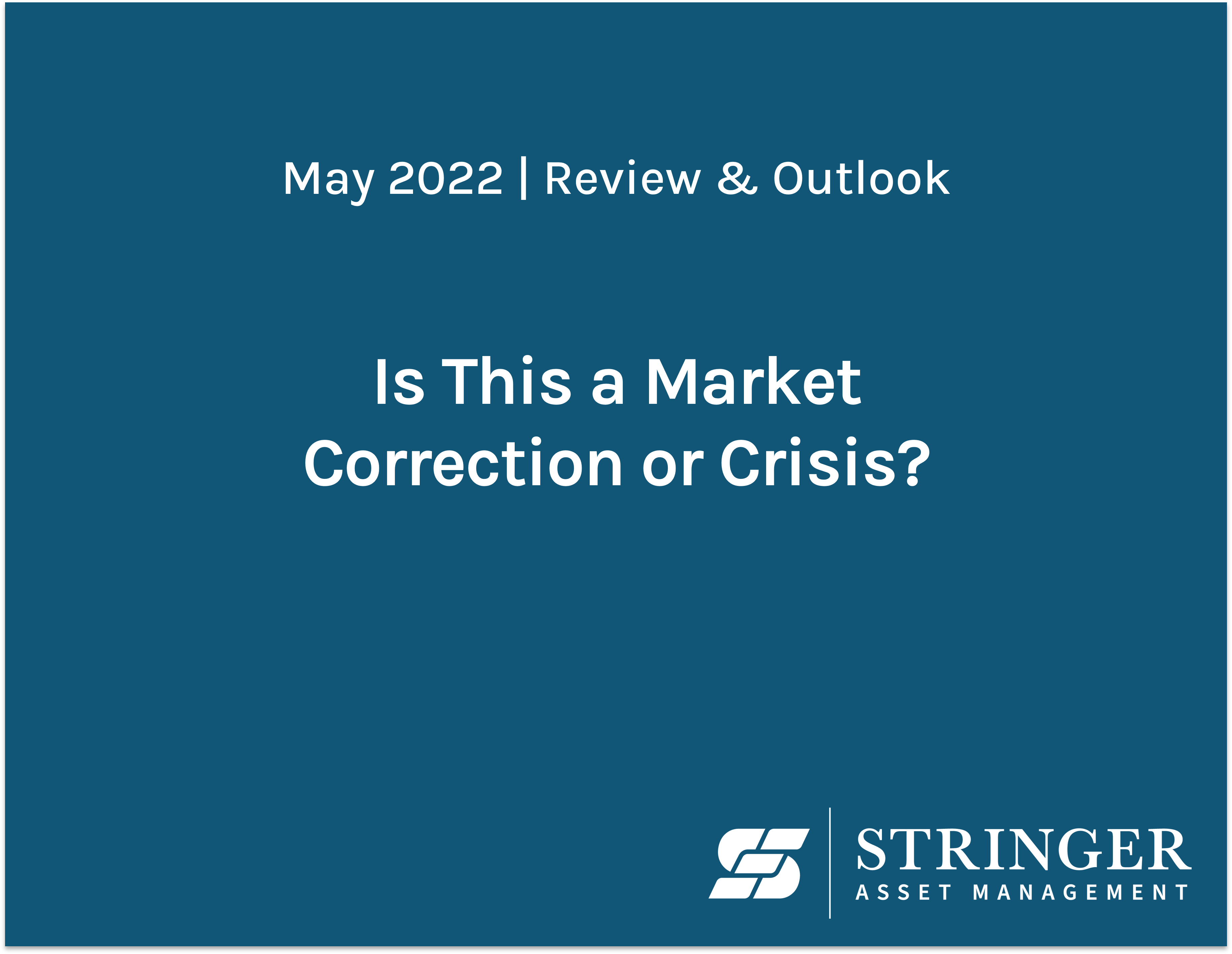
May 2022
Monthly Review & Outlook
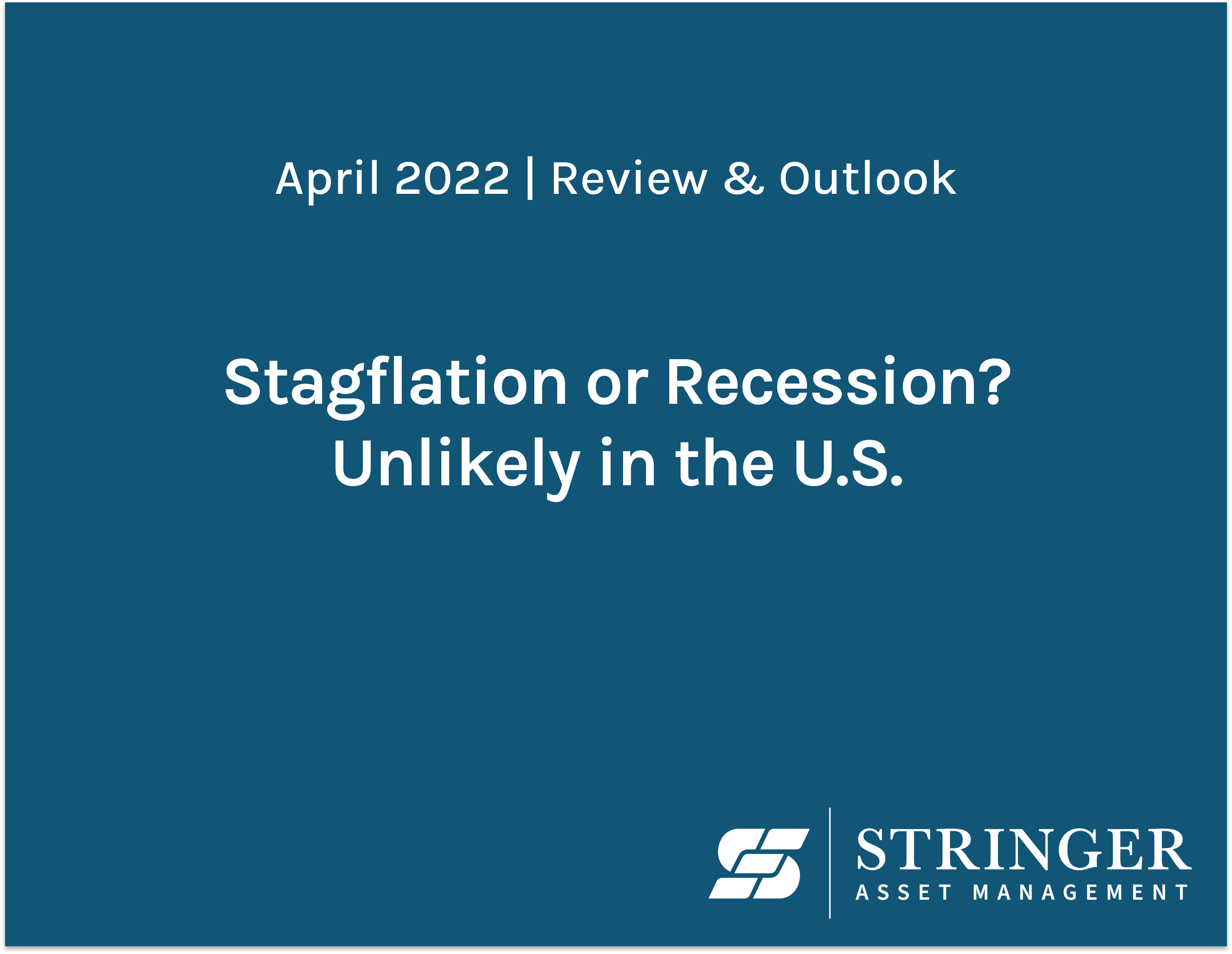
Apr 2022
Monthly Review & Outlook
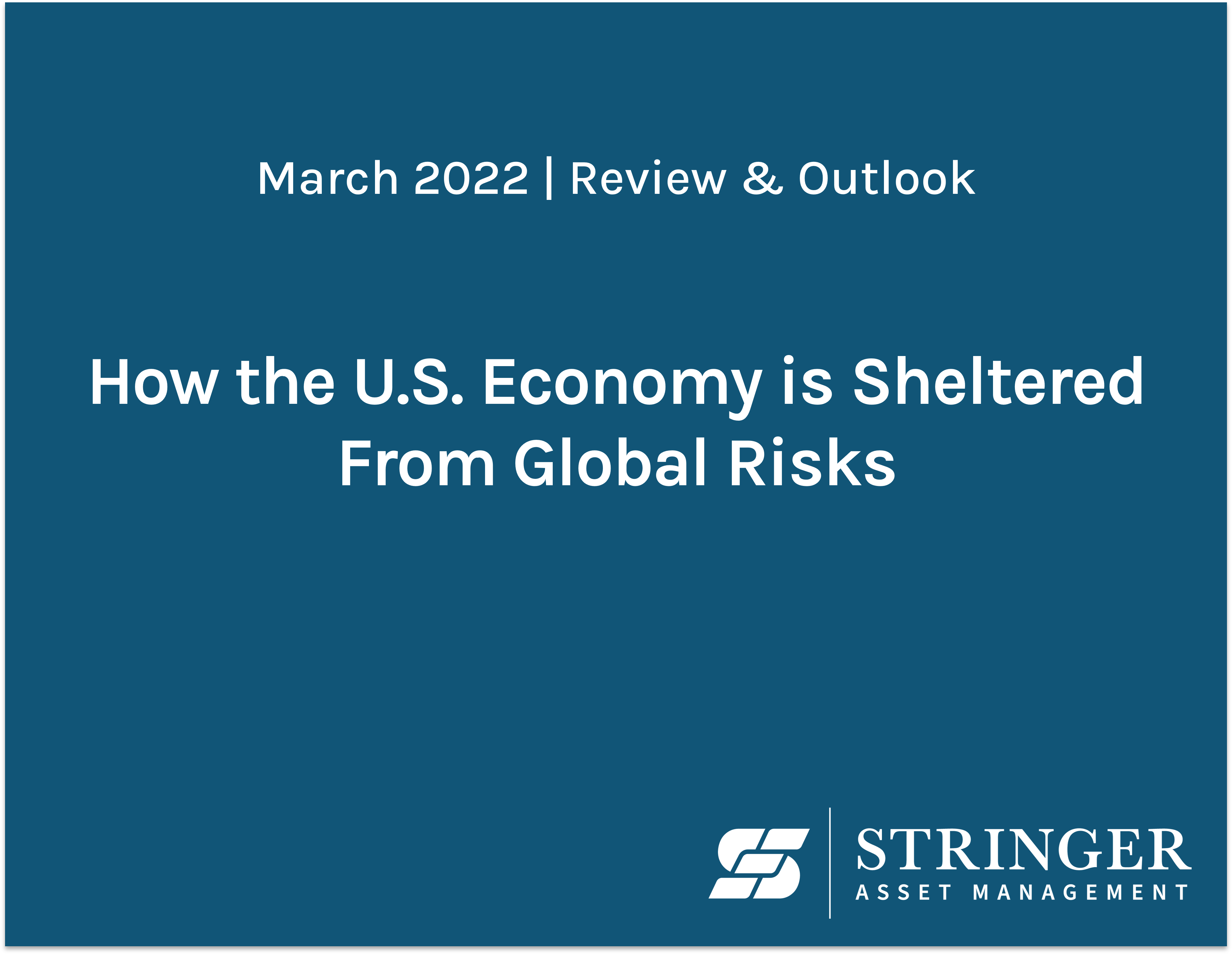
Mar 2022
Monthly Review & Outlook
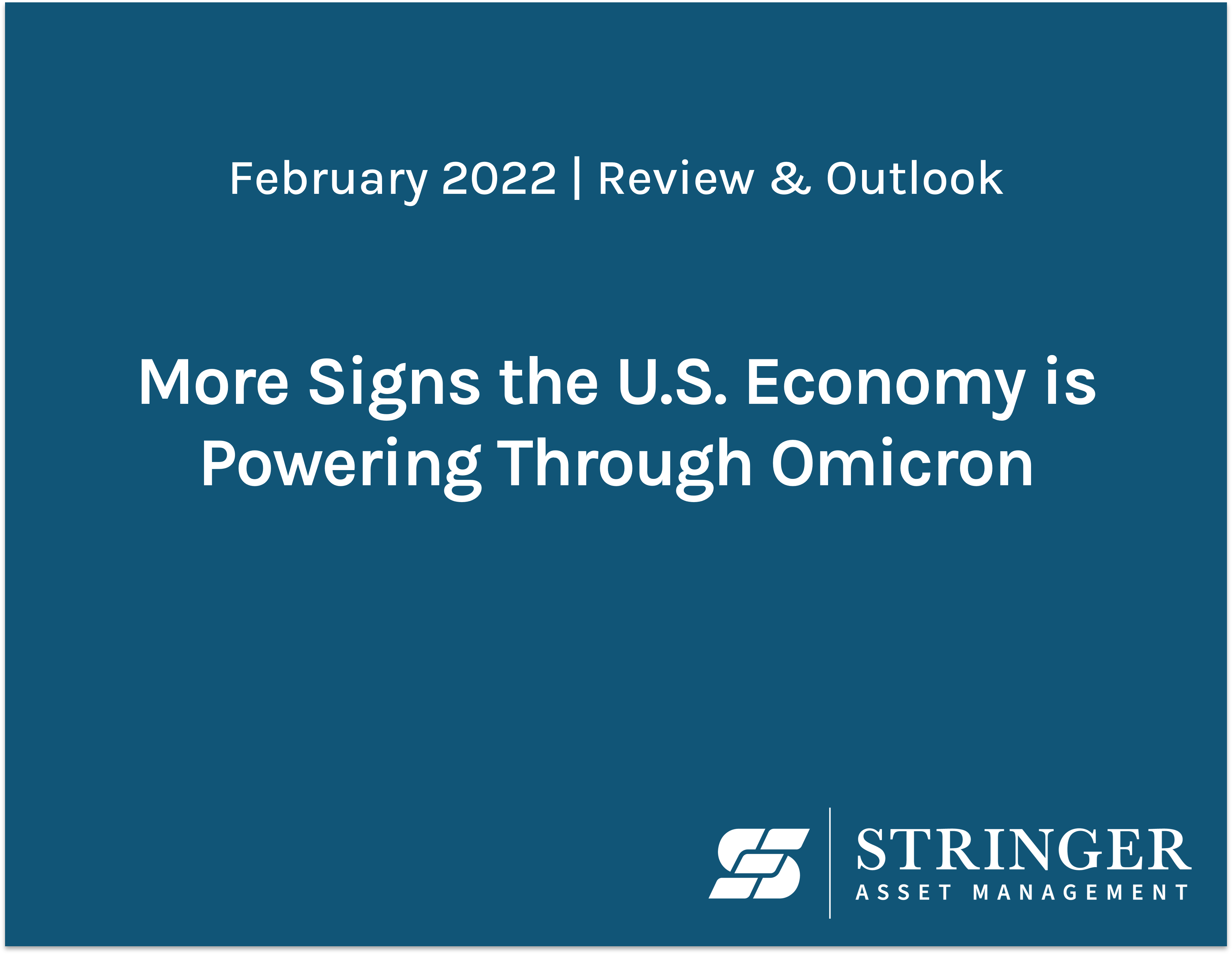
Feb 2022
Monthly Review & Outlook
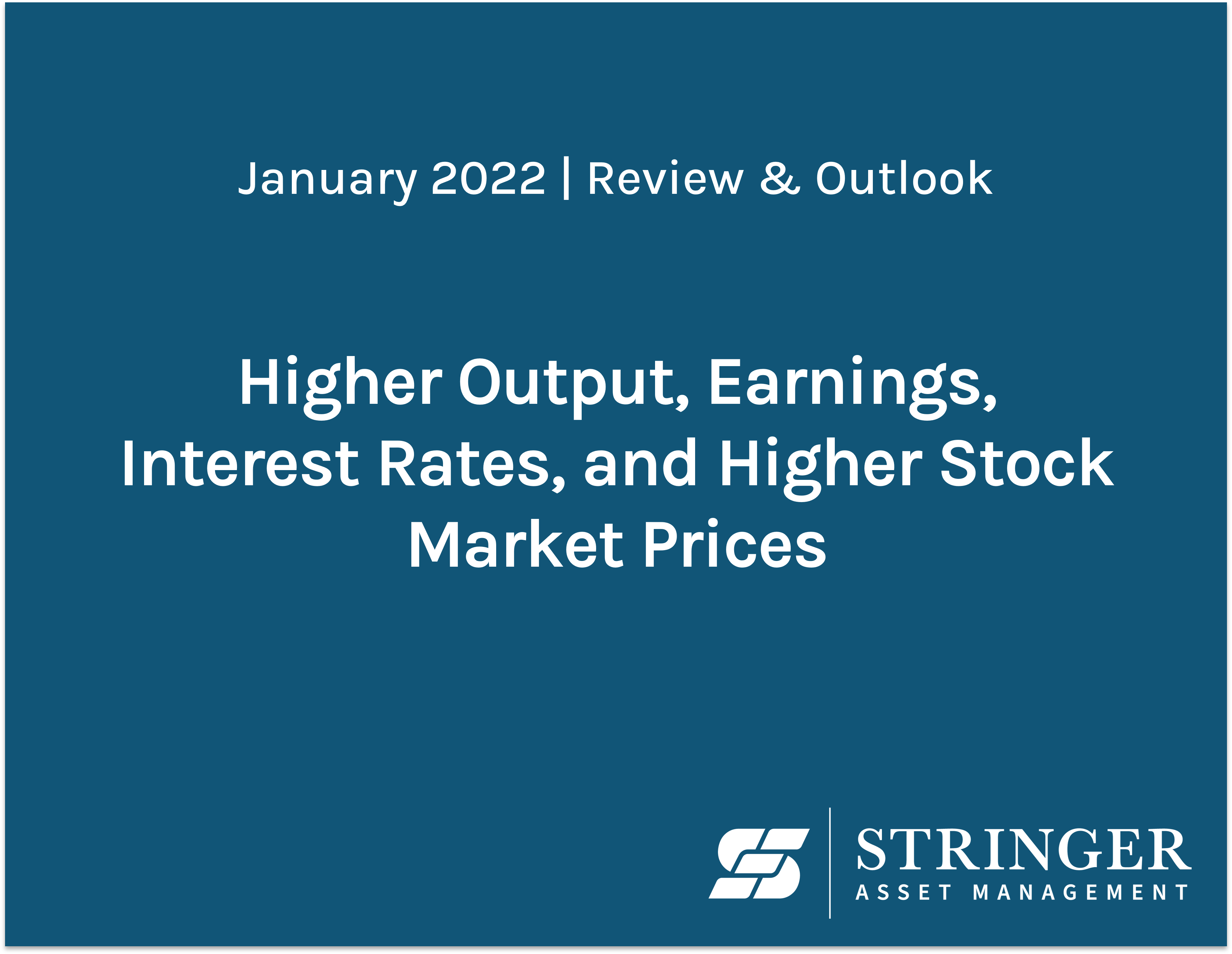
Jan 2022
Monthly Review & Outlook
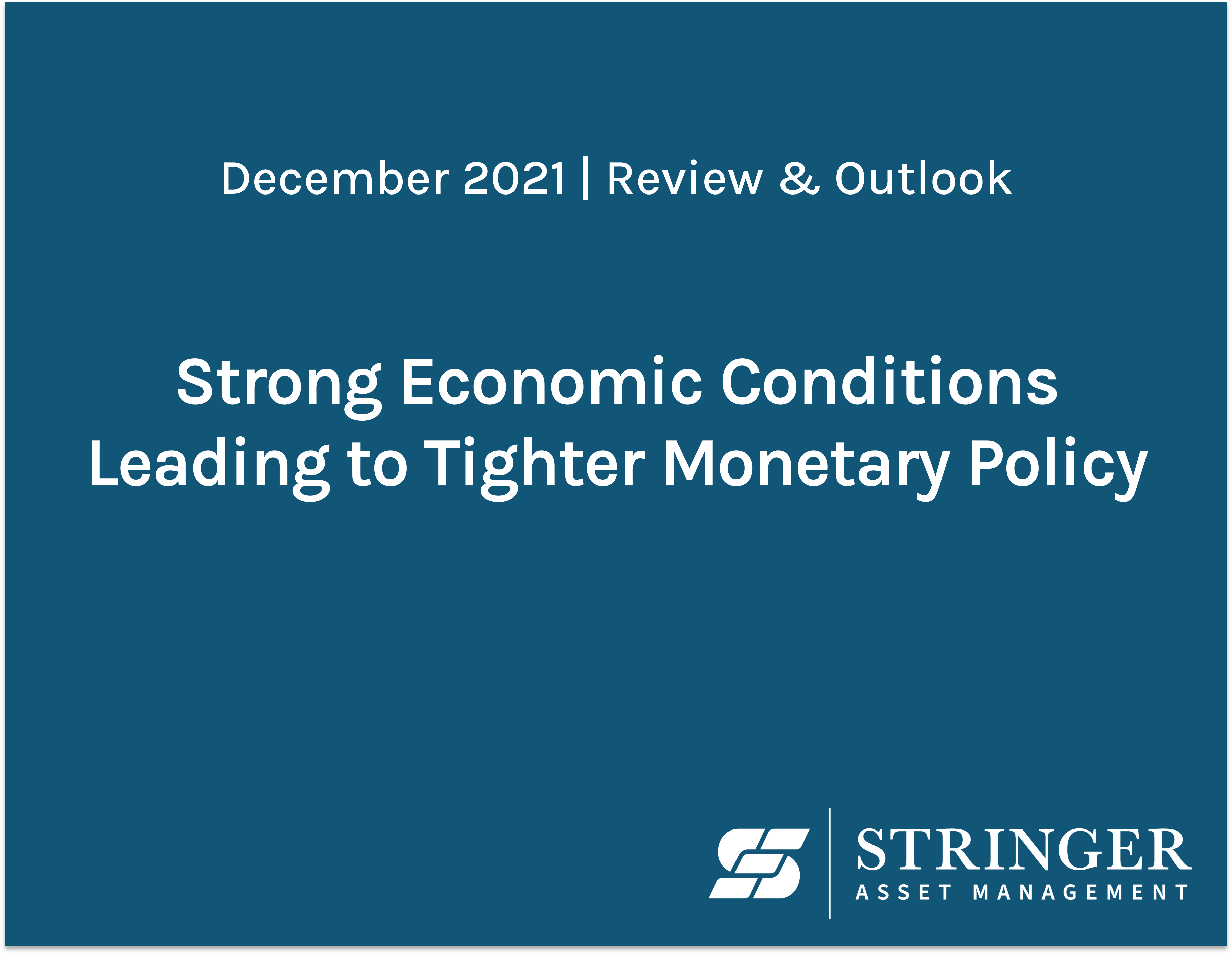
Dec 2021
Monthly Review & Outlook
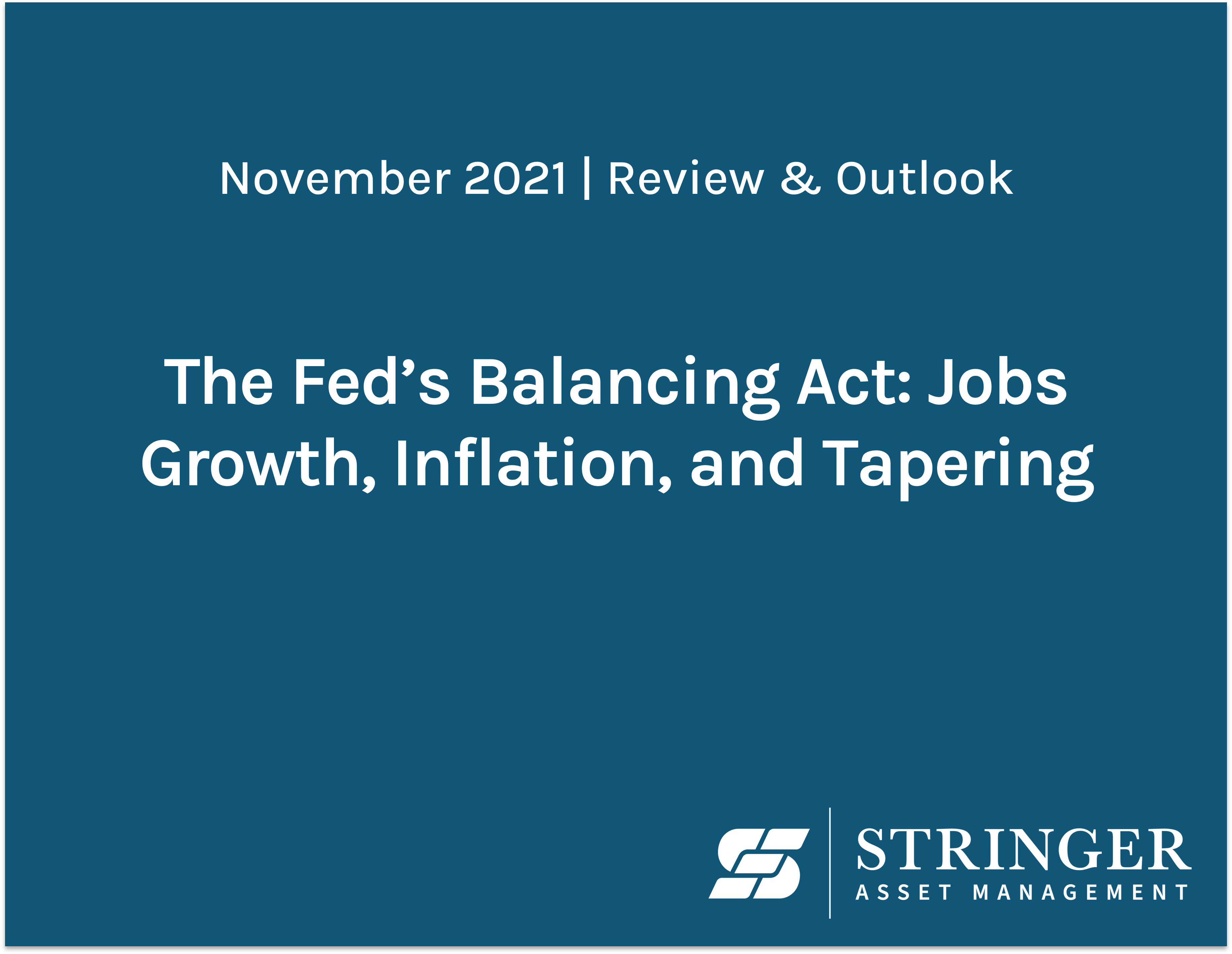
Nov 2021
Monthly Review & Outlook
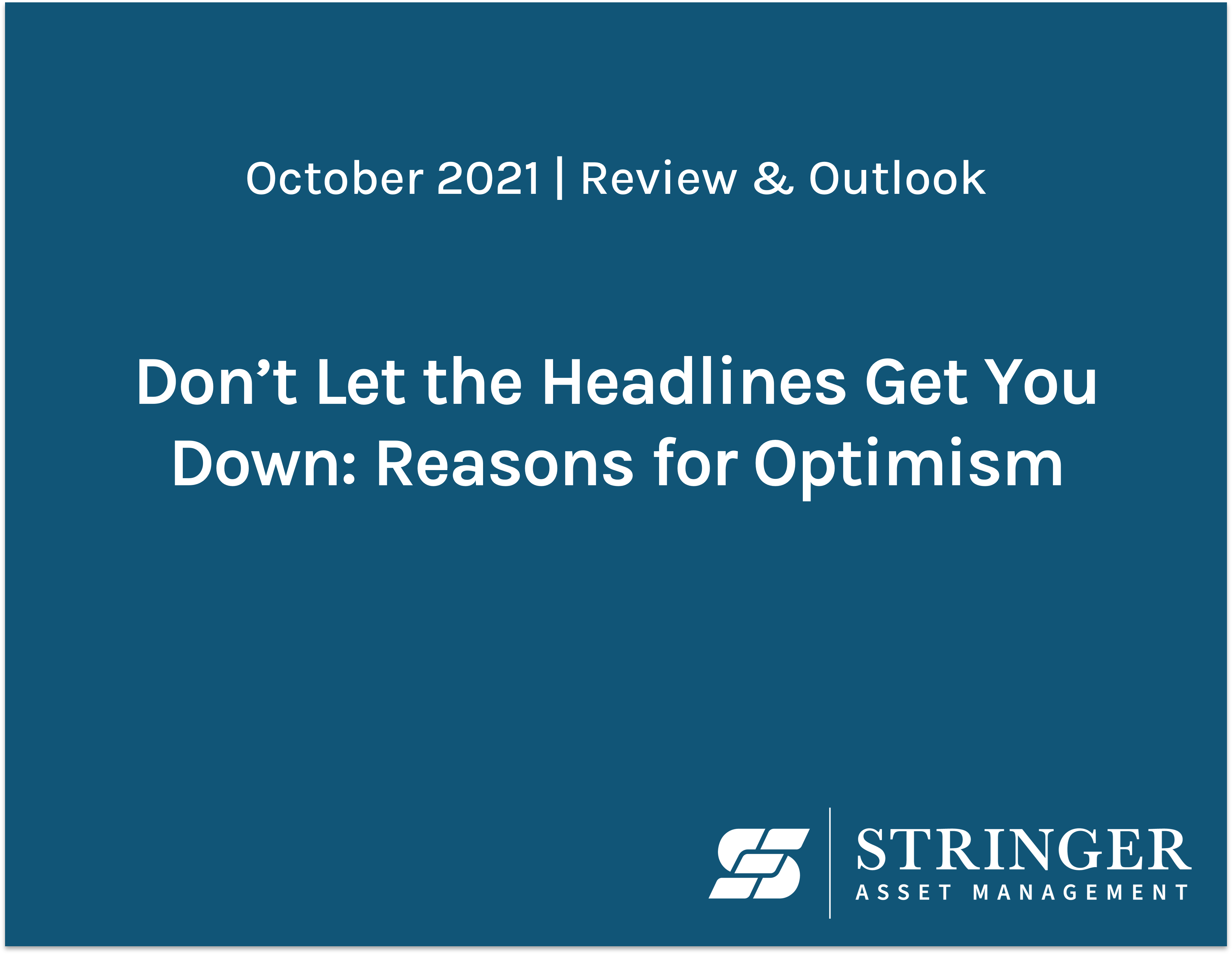
Oct 2021
Monthly Review & Outlook
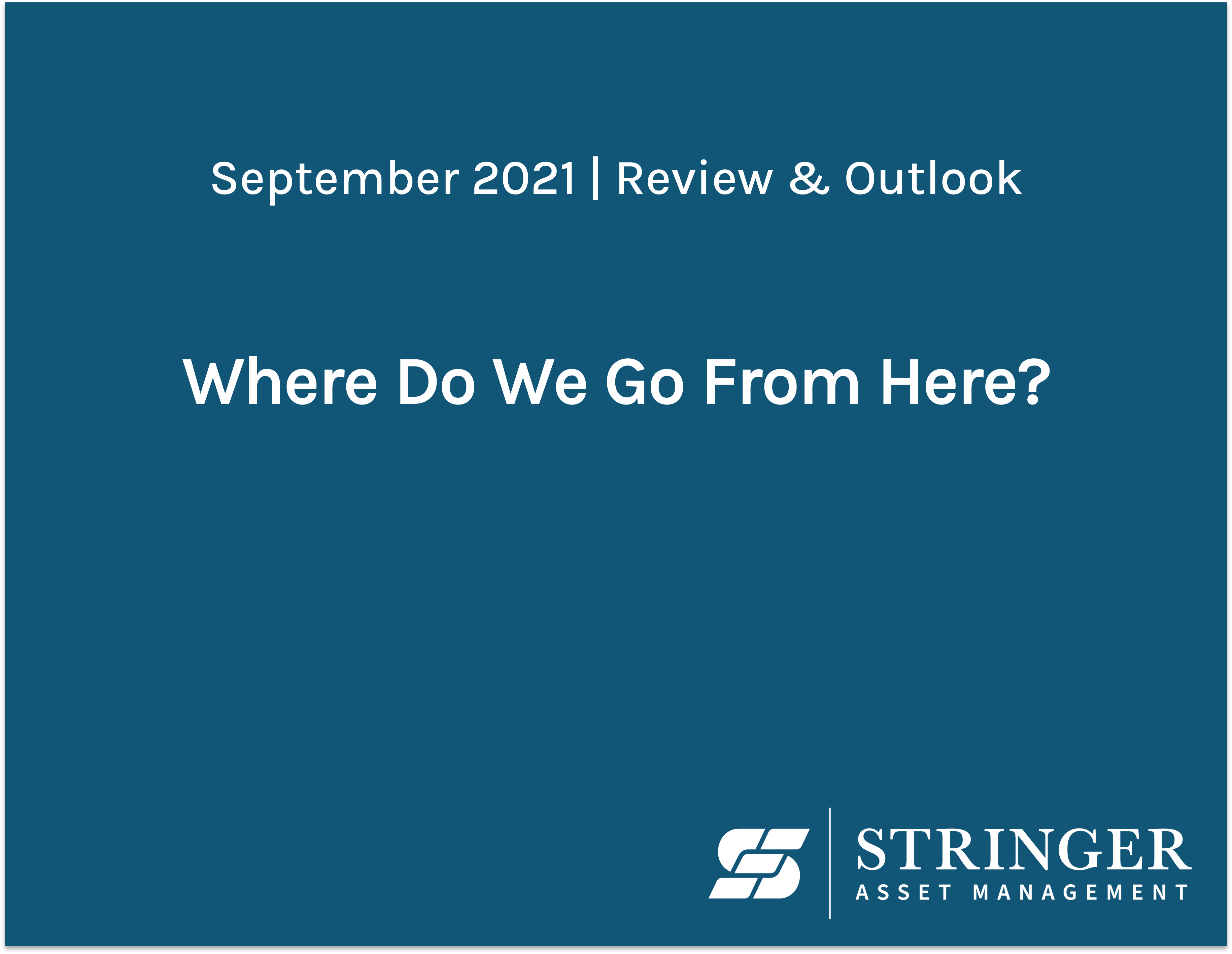
Sep 2021
Monthly Review & Outlook
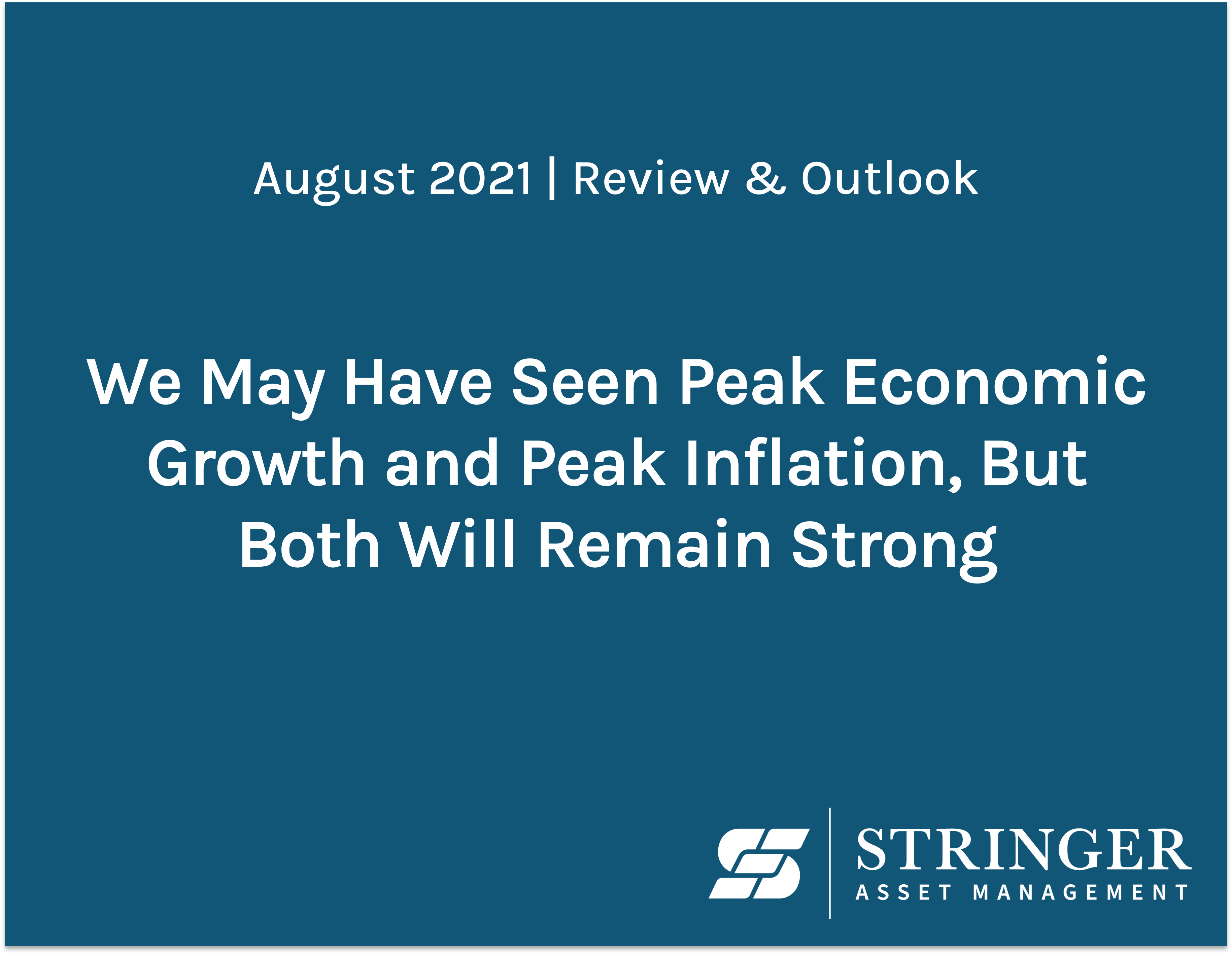
Aug 2021
Monthly Review & Outlook
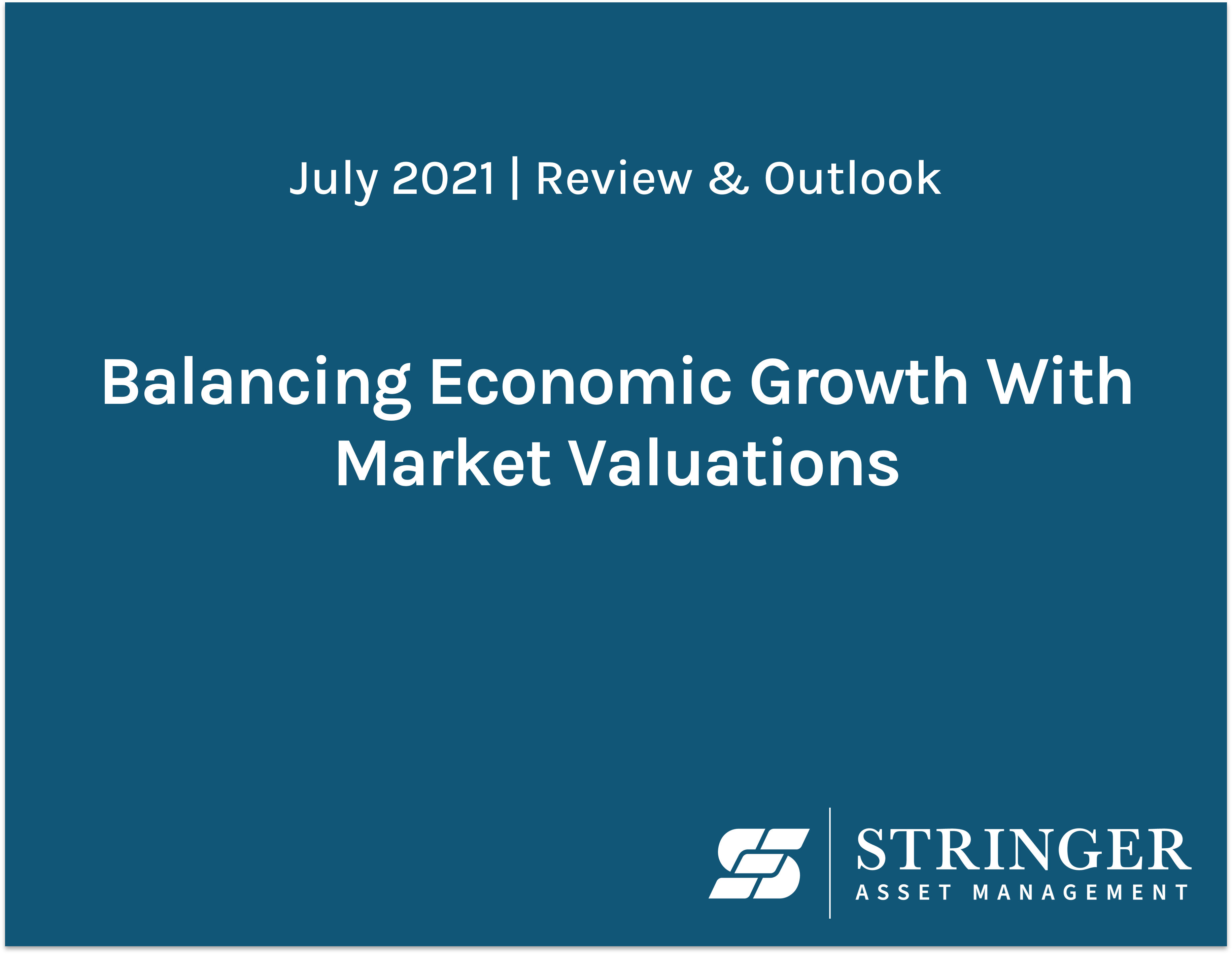
Jul 2021
Monthly Review & Outlook
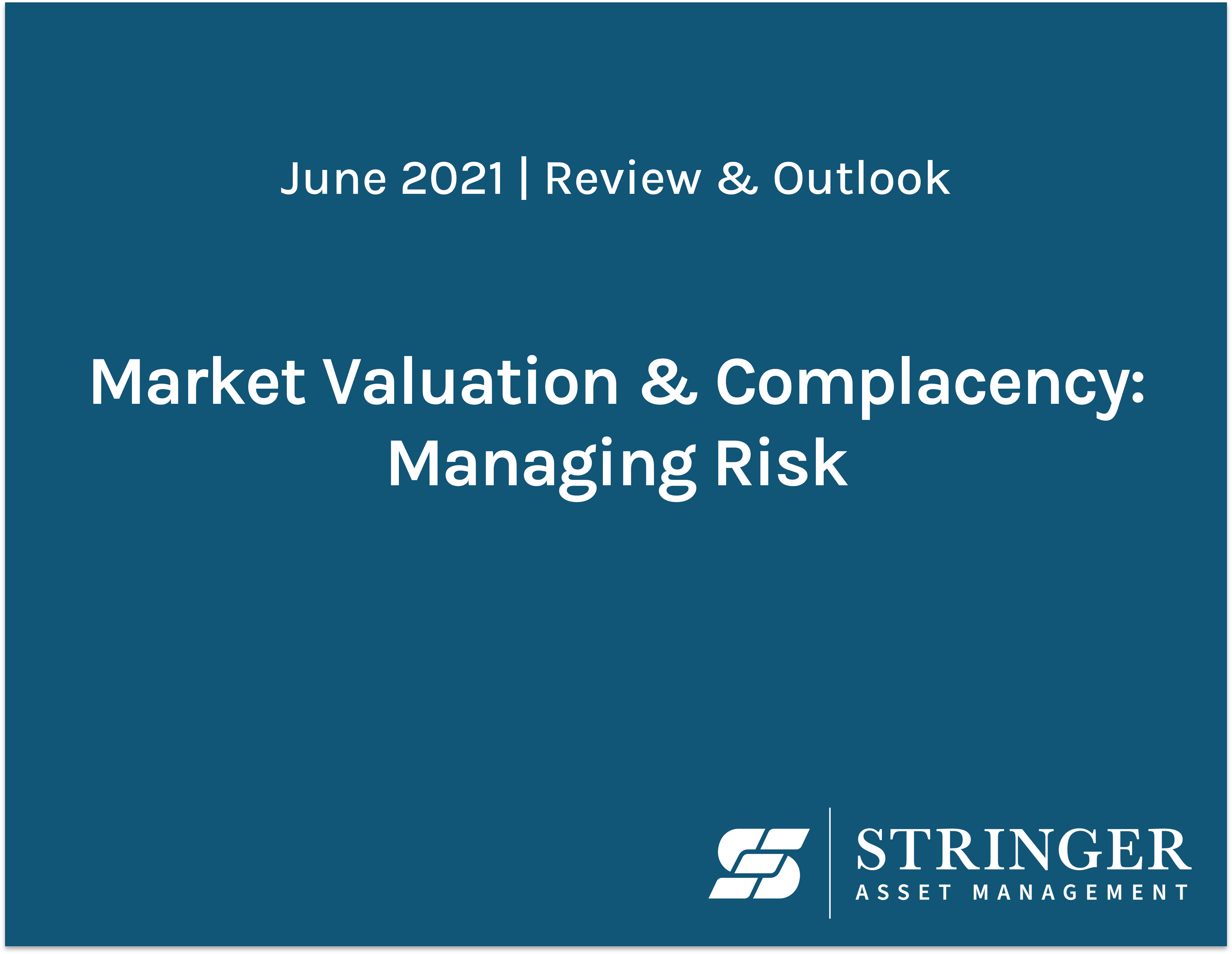
Jun 2021
Monthly Review & Outlook
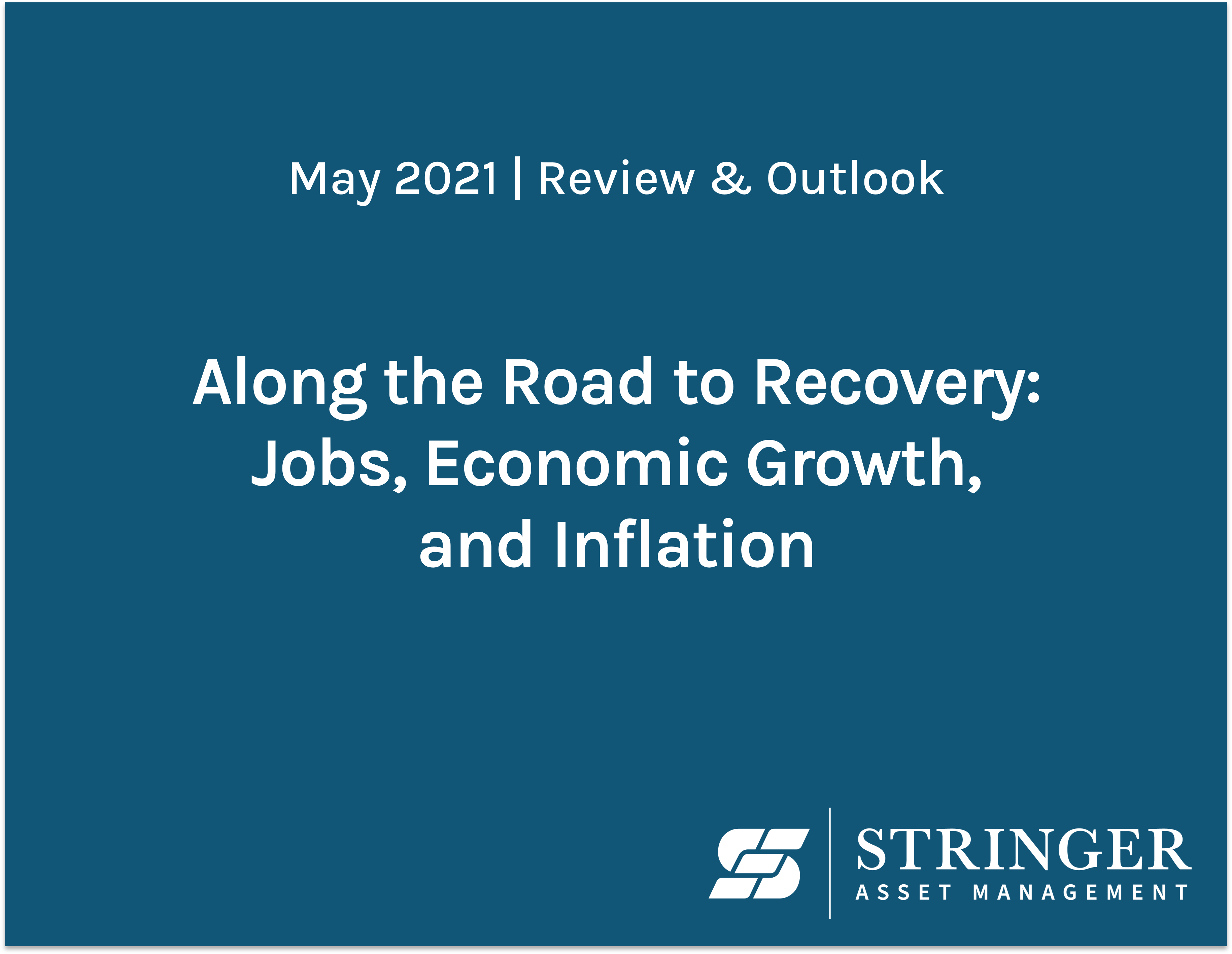
May 2021
Monthly Review & Outlook
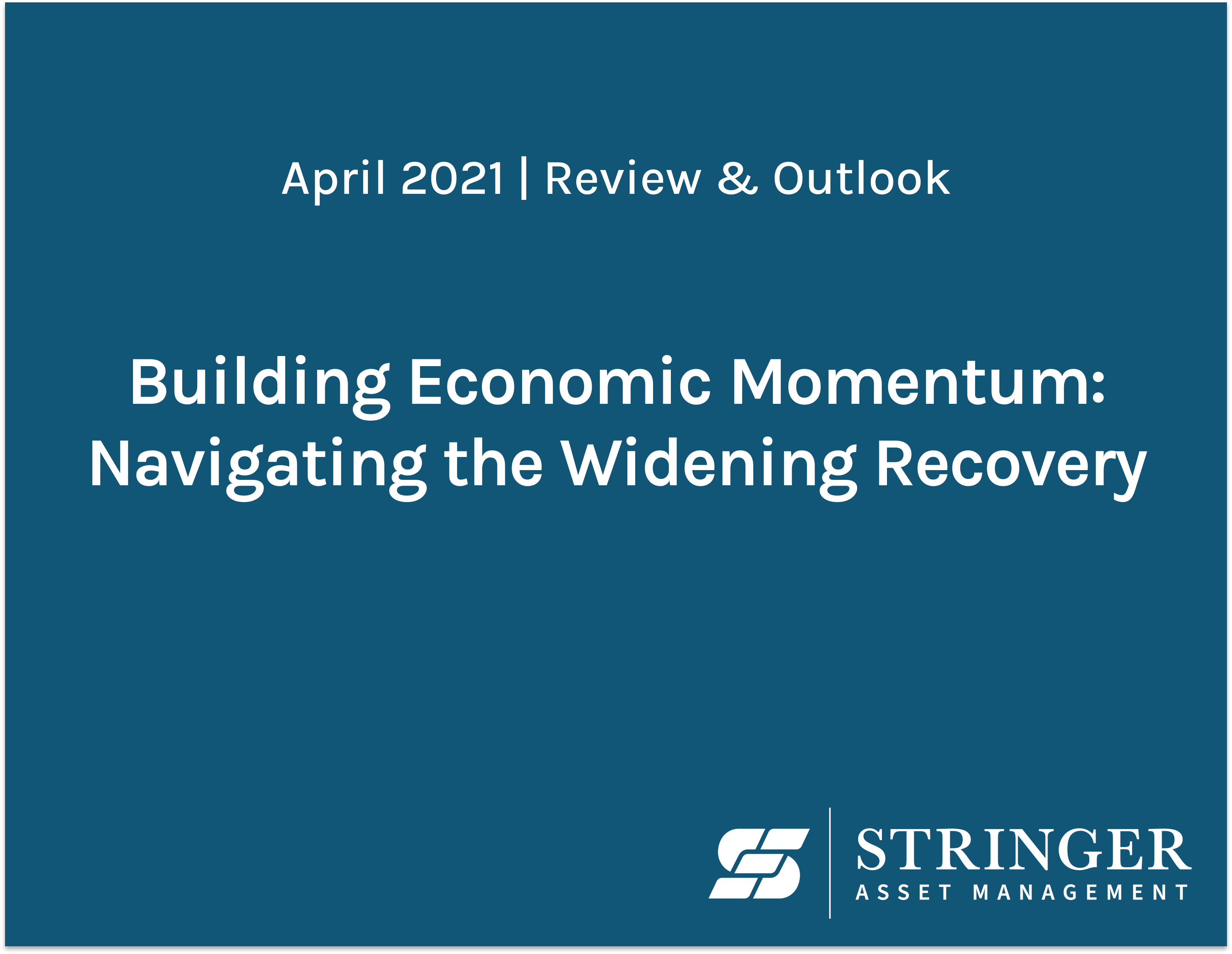
Apr 2021
Monthly Review & Outlook
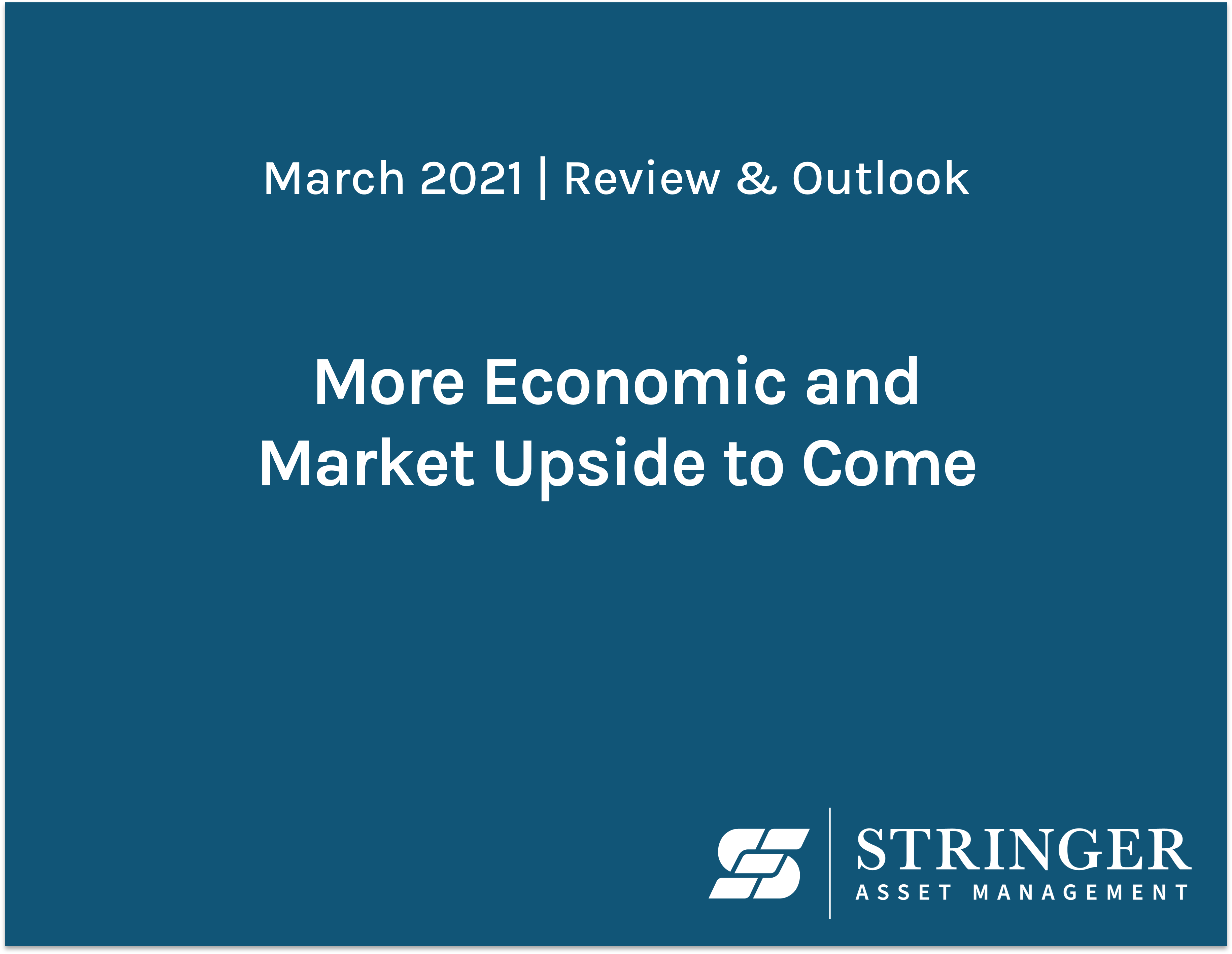
Mar 2021
Monthly Review & Outlook
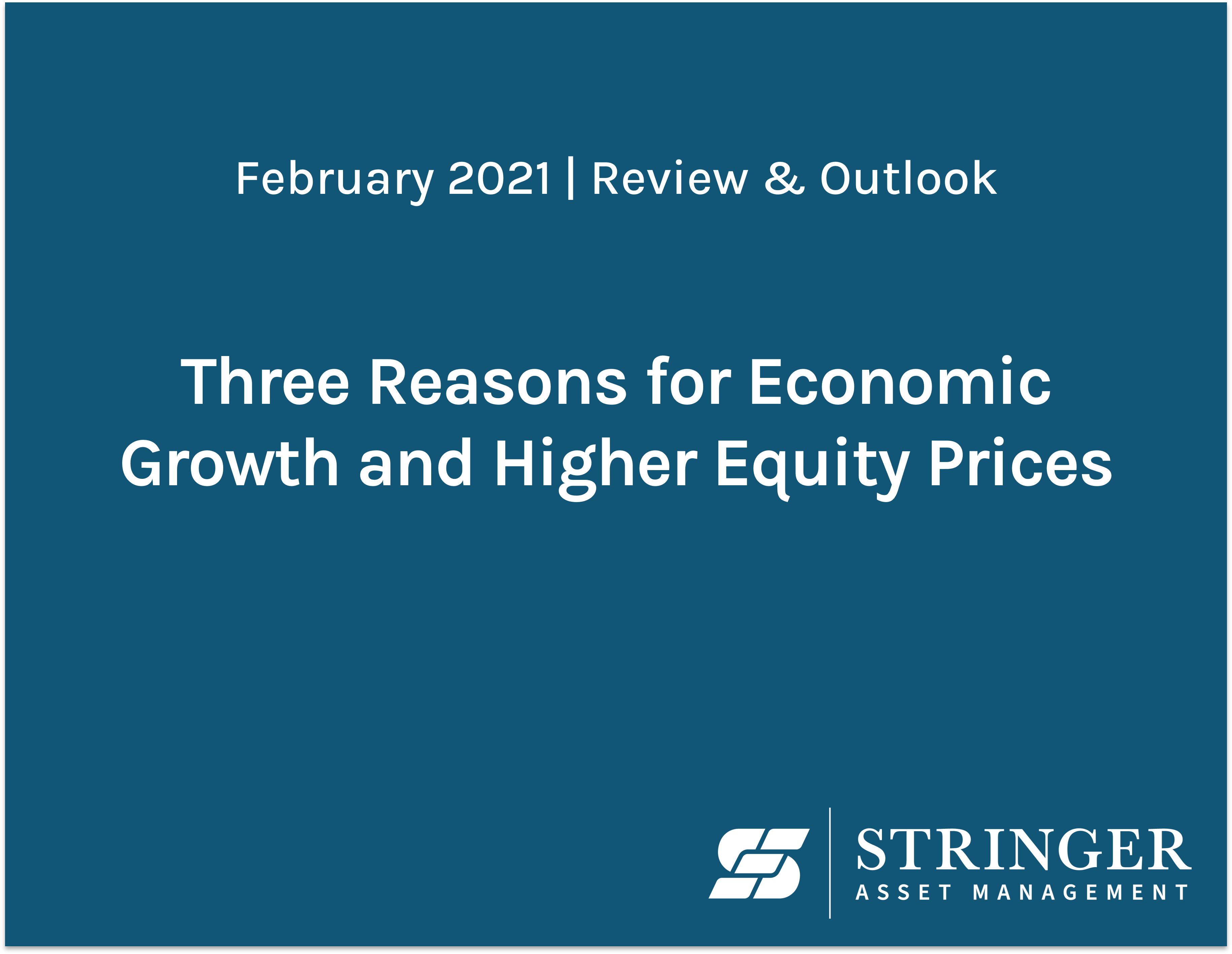
Feb 2021
Monthly Review & Outlook
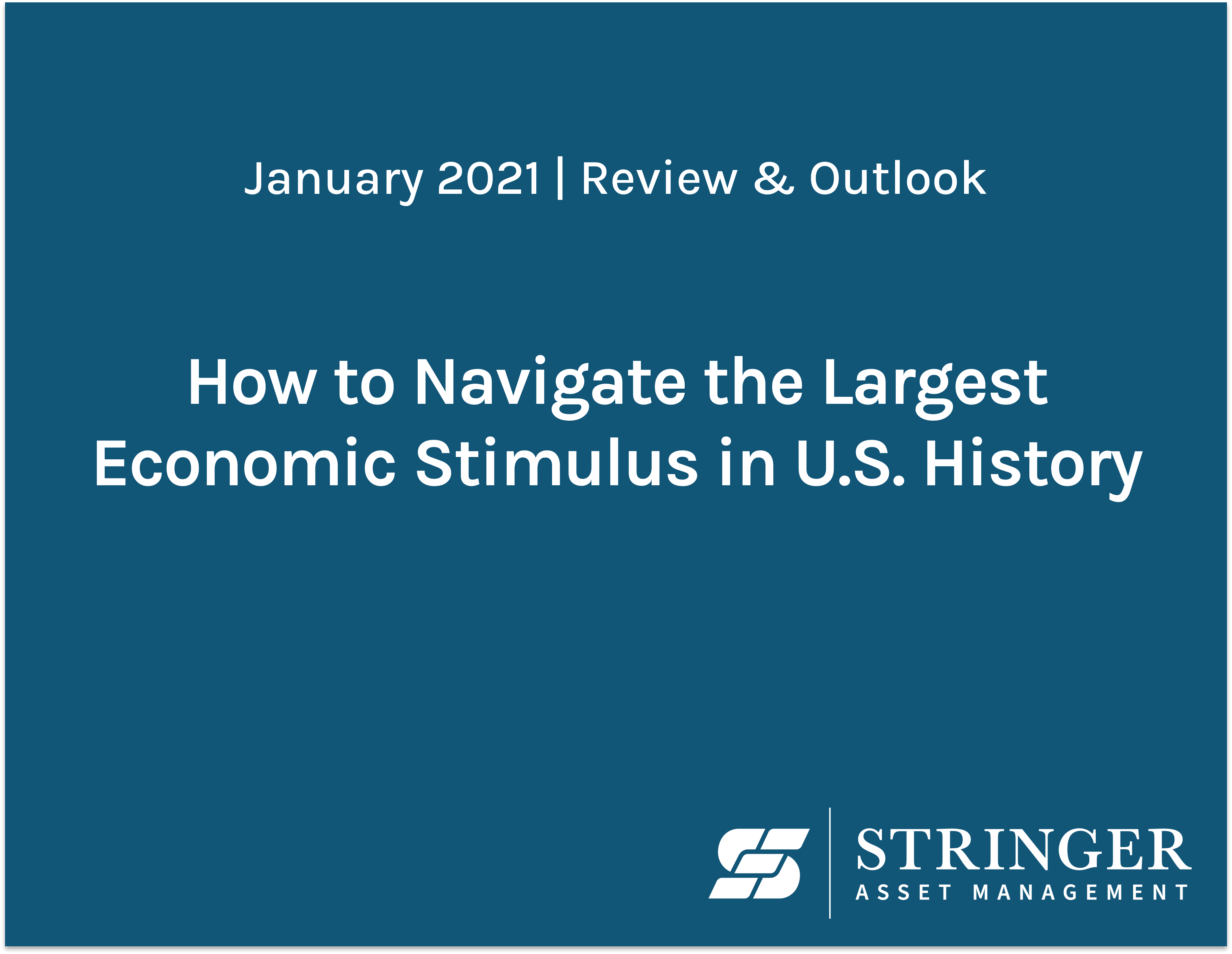
Jan 2021
Monthly Review & Outlook

Commentary
News Articles
Federal Reserve Policy Update: Following Through on the Powell Pivot
Markets are hanging on every word from the FED, looking for changes in tone and tenor and for signals of the next move. Tune in as we discuss where we believe the FED goes from here.
Apr 2024
More Proof that the Private Sector is More Powerful than the Government
Results of elections and political agendas are important, but in America’s capitalist, free market economy, the private sector and the consumer are the dominant forces that drive economic growth. The energy sector is a prime example of private sector innovation in response to consumer demand driving growth. U.S. energy production has experienced a significant and unabated expansion since 2010 regardless of political party in power.
Mar 2024
The Amazing Disappearing Inflation and Its Impact on Household Income
In aggregate, U.S. personal income growth has gotten stronger after adjusting for inflation. Incomes continue to rise, while the rate of inflation has been falling. This has very positive impacts of the state of the economy going forward.
Mar 2024
Protecting Against a Lost Decade
Looking back at the S&P 500 Index in 2023, the return of the Index was dominated by a small number of mega cap stocks termed the magnificent seven. While these stocks accounted for a significant portion of the overall return, many investors will look at that experience and try to draw all sorts of conclusions. One might decide that investing alongside the S&P 500 Index makes the most sense in the hopes that similar performance will repeat. On the other hand, it’s possible that avoiding the magnificent seven entirely and simply owning the other 493 stocks in the Index will have the highest probability of success. What does history tell us and how can that potentially lead us to better outcomes?
Feb 2024
The Powell Pivot
Previously, our biggest concern for the outlook of the economy had been that the U.S. Federal Reserve (Fed) would keep short-term interest rates too high for too long. With Chairman Powell’s recent press conference and the release of the Fed’s “dot plot” at the conclusion of the latest Fed meeting, the Fed appears to have shifted to a more dovish stance. Though uncertainties and risks remain, we think the Powell Pivot is good news for the economy and increases the likelihood of continued economic growth.
Dec 2023
The Holidays Are A Gift: 2023 Update
The holidays are a time when family and friends tend to congregate at the family home. Your clients get to see those children, grandchildren, and relatives who travel in from around the country. In some cases, they are cooped up for the week or more with not much else to do except enjoy family and friends. What an opportunity to call on clients and offer to take them and their kids for a holiday lunch or breakfast. This is certainly not the time to pull out the financial plan, but what a time to get to know the extended family of your best clients with whom you have built a warm and trusting relationship. After years of hearing prideful stories about the kids and grandkids, it’s about time you got to meet them.
Nov 2023
Commercial Real Estate: Opportunities Below The Surface
This year’s narrow equity market has been a great example of how a broad index is not always perfectly representative of the constituents that make up that index. Some sectors are likely overpriced while others represent significant value. Uncovering the opportunities and balancing the potential risk in markets like this requires a deep analysis beyond a broad index.
- Market volatility often leads to opportunities as asset classes, sectors, and securities can become mispriced or overlooked.
- Volatility in the CMBS market has created opportunities for active managers that can add value through sector and security selection.
- With nearly 50% of the outstanding CMBS falling into the office and retail space, using an actively managed product for CMBS exposure can help mitigate risk.
- The flexibility of active bets within the portfolio allows for tilts to stronger performing sectors and securities that offer value.
We believe the addition of actively managed CMBS exposure can help diversify a fixed income allocation and provide an attractive yield with less interest rate risk.
Nov 2023
Why Holding or Moving to Cash Now May Be a Losing Proposition
While money market and Treasury Bill rates look attractive and deserve an allocation in a diversified portfolio, overweighting them too much and forgoing opportunities elsewhere may result in regret in the not-too-distant future. Diversified intermediate- and longer-duration high quality fixed income offer compelling income and potential capital appreciation opportunities. Additionally, dividend income from high quality equities is more attractive than it has been in some time so investors should also consider allocating to that area of the market.
Oct 2023
Why Investors are Betting Against History and How We Can Avoid It
Don't bet against history! It's important to recognize that recent broad based equity market gains have been driven by a limited number of companies. It's what we call a narrow market rally. As a result, the Russell 1000 Growth Index is trading at a 25% premium to its 10-year average, where those valuations now look stretched. Market history shows that valuations eventually matter and once mean reversion kicks in, those market laggards can quickly become leaders. Rather than betting against history, we have been increasingly allocating to fundamental strength in the value style as well as dividend payers that have lagged this year’s market rally. All it takes is a little bit of patience to reap what history suggests will be excellent investment opportunities ahead.
Aug 2023
U.S. Manufacturing: Set to Become the Next Big Thing
Our work suggests that the U.S. is about to experience in increase in domestic industrial production that is set to last for years to come. The U.S. is poised for an industrial renaissance.
While near-term economic challenges persist and may intensify over the coming months, long-term trends in labor force growth, economic freedom, and business investment remain exceedingly positive. Putting all this together leads us to believe that the U.S. is about to embark on a new era of economic growth driven by a growing and increasingly productive private sector.
Aug 2023
Reading The Tea Leaves: Leading, Lagging & Coincident Indicators
Assessing the health and direction of an economy can be accomplished using economic indicators. These indicators fall into three main types: (1) leading indicators; (2) lagging indicators; and (3) coincident indicators.
Each type plays a distinct role in forecasting economic trends and monitoring the current state of the economy. Explore the differences between these indicators and their significance.
Aug 2023
Unraveling U.S. Recessions: Understanding Indicators and Implications for Investors
We have received a lot of questions regarding economic conditions that are wide ranging but can be boiled down to (1) what is the likelihood of recession in the coming year and (2) what are the implications to investors. In the following articles and video, we unravel the current status of our business cycle, define the indicators that go into our recessionary risk model, and discuss how investors might better navigate the environment.
Jun 2023
The Paradox of Higher Mortgage Rates: Why Homeowners May Be More Resilient Than We Think
With nearly two-thirds of U.S. households owning their own home, the sharp increase in the cost of home ownership would appear to have negative implications for the economy as household finances may appear strained. However, this may not tell the whole story. While we believe that the current high inflationary environment has created challenges for consumers, we do not believe that higher mortgage rates have had as negative of an impact on the consumer and discretionary income as might be expected.
May 2023
How Increasing Use of China’s Currency on Global Markets Affects U.S. Investors
The yuan has a long way to go to displace other currencies, such as the euro, let alone the USD. The further ahead we look, the more skeptical we become that the Yuan could threaten the predominance of the US Dollar. Our work suggests that China’s impressive economic growth is in the past and not likely a long-term phenomenon.
May 2023
How Fracturing Global Trade Networks Can Support U.S. Economic Growth
We have previously written about three important domestic characteristics that we think will act as pillars to support impressive U.S. economic growth in the decade ahead: strong household balance sheets, strong corporate balance sheets, and positive demographic trends. A fourth pillar of economic growth is the fracturing of global trade networks.
Apr 2023
Why the Fed is Probably Done Raising Rates
Our work suggests that the U.S. Federal Reserve (Fed) is likely done raising short-term interest rates for the current business cycle. Although the Fed has made clear that they expect to increase interest rates an additional 25 basis points (0.25%) this year and then hold them at that level for some time, we expect the Fed to begin cutting interest rates later this year.
Apr 2023
Changing Labor Force Trends to Go From a Headache to a Tail Wind
Even though the overall size of the U.S. labor force recently hit an all-time high, employers and customers alike feel the pinch of a lack of workers. These frustrations are largely due to a decline in the labor force participation rate of younger workers. As these young people eventually move further into adulthood and enter their prime working years, the U.S. economy has a large store of untapped labor to propel strong economic growth for decades to come.
Feb 2023
The U.S. Financial Picture Is Better than You Think
Despite headlines to the contrary, the U.S. debt burden and interest expenses seem quite manageable relative to historical norms. While the nominal level of debt outstanding and interest expenses are quite high, compared to government revenues, which are also quite high, the situation actually compares favorably to previous environments which saw strong, economic growth.
Jan 2023
Fixed Income Windows of Opportunity
Innovations in the ETF landscape now provide many excellent options for investors to compliment and tweak a bond strategy to help them better match the environment.
Dec 2022
The Holidays Are A Gift
Regardless of the generation, wealth management clients want to work with advisors that understand their priorities and can help them reach their family's goals. Getting this idea across to the next generation is critical to success, and the holiday season is an excellent opportunity to do just that.
Nov 2022
The Key to a Housing Market Recovery
The housing market is in turmoil and investors are rightly concerned. Our analysis of the housing market points to one clear issue, a buyer’s strike. It is not a lack of demand for new homes, nor is it a matter of household finances. The real culprit seems to be the prices for homes. After experiencing a spike in home prices since mid-2021, we expect to see a correction in these prices sufficient to clear the market. Home prices will need to correct for the market to normalize.
Oct 2022
The U.S. Economy is Bigger Than Politics
As we face midterm elections in the coming months, it is important to have some perspective on what really contributes to U.S. economic growth. Despite the rhetoric, the long-term growth of our economy is not in the hands of government officials.
Sep 2022
Active Management During Yield Curve Inversions
With interest rate volatility high and the yield curve inverted, fixed income investors are facing new challenges. How should investors respond to this new environment?
Sep 2022
With Mixed Economic Signals, What Should the Fed Do?
Recent reports are confirming that the pace of U.S. economic growth has clearly slowed. Meanwhile, jobs growth remains strong and inflation-adjusted income growth persists, albeit slowly. The Fed is nearing a critical point in their approach. In this article, we discuss how we think the Fed should respond.
Aug 2022
Will It Be A Soft or Hard Landing? How To Track The Fed’s Glidepath
While getting inflation down to the Fed’s long-term target without causing a recession is quite difficult, it is possible. Importantly, we can track the Fed’s progress towards this goal in real time. In this article, we discuss some of the signposts pointing the way to success.
Aug 2022
Equity Investing For Uncertain Times
With the current environment full of geopolitical, economic, and market uncertainty, it can be even more difficult for investors to remain disciplined and stick to their financial plan. Picking an investment solution that can provide an opportunity for long-term gains while also helping sooth investors’ nerves may help investors stay the course. Investors may be better able to sleep at night by owning more defensive equity positions.
Jul 2022
U.S. Labor Market Strength: Payrolls Outpace Inflation
The June jobs report made headlines with an additional 372,000 jobs created during the month, which equates to more than 2.7 million new jobs added to payrolls in only the first half of this year. But did you know that payrolls are growing so fast that workers are beating the high rate of inflation overall?
Jul 2022
Summer Recession – Are We There Yet?
While there is no doubt that the U.S. economy will eventually enter a recession, it is important to keep in mind that recessions are not one size fits all and vary greatly in depth and duration.
Jul 2022
Who Should We Blame for Inflation: The Fed, Biden, or Putin?
The inflation that we are experiencing is mainly a result of U.S. Federal Reserve (Fed) policies that have been too loose for too long and remain overly accommodative in our view.
Jul 2022
Perspectives, Planning, and the Recent Market Drawdown
Recent market weakness has created a challenging environment for investors, especially for those with shorter time horizons that are preparing for or are already in retirement. It is easy to only think about the market relative to a recent high-water mark. Or, as the case has been recently, from near-term performance as we have seen an abundance of stimulus create a rising tide significantly higher than the long-term market averages would suggest over the past three years. Read our recent commentary below.
Jun 2022
Interest Rates to Break Out of 40-Year Cycle-to-Cycle Trend
Since the 1980s, each successive business cycle has exhibited a peak in inflation as well as interest rates at levels that were lower than the previous cycle. However, inflation recently broke out of this long-term downtrend in a big way. We think that persistent economic growth combined with the recent inflationary breakout creates an environment where interest rates will move past their declining, down-trending pattern as well. It is now likely that short-term interest rates can climb to nearly 3% with long-term interest rates heading towards 4%. Importantly, these higher interest rates in the years to come should eventually benefit savers and bond investors who count on current income from high-quality fixed-income investments. Read our full article below.
Apr 2022
Why We Have Inflation in One Picture
Unprecedented stimulus in all its forms has caused U.S. households, in aggregate, to become wealthier than ever. At the same time, job openings outnumber available workers as wages are pushed higher. We think this is a classic environment of too much money chasing too few goods, and inflation will likely remain with us for longer than many policy makers expect.
Mar 2022
More Signs the U.S. Economy Is Powering Through Omicron
Despite headwinds related to the ongoing pandemic, we see signs that the U.S. economy’s growth endures. The strong January jobs report is just one example of this continued economic strength. While the January jobs report beat expectations, we do not put much weight on any single monthly report due to the statistical noise and other factors, such as the large amount of uncertainty around omicron. Based on these factors and more, our work suggests that we should be optimistic about economic growth as well as the strength of the private sector including households and businesses. As a result, we think that the recent equity market weakness will reverse in the coming weeks, and we view the recent market volatility as a buying opportunity.
Feb 2022
Three Reasons Why the Recent Market Volatility Is A Buying Opportunity
Our work suggests that while volatility may continue and we may not have seen the bottom of the current pullback, this volatility represents an excellent buying opportunity.
Feb 2022
Planned Fed Interest Rate Hikes Set to Release $1 Trillion in Additional Stimulus
What started as a concerted effort by government entities including the U.S. Treasury and the Federal Reserve to help stimulate the U.S. economy during the depths of the COVID economic crisis has resulted in over $1 trillion looking for a home.
Jan 2022
Preparing Fixed Income Allocations for the Year Ahead
Managing fixed income strategies in a low interest rate environment has been a challenge for years.
Dec 2021
Will Higher Federal Tax Rates Affect the U.S. Economy?
We hear a lot of concern about proposed increases in federal tax rates. At the broadest level, tax rate adjustments can be very impactful for an individual and corporation.
Dec 2021
Supply Chain Bottlenecks Are Only Half The Story – Massive Consumer Demand & Spending Have Outstripped Supply
Recent shortages are not only due to COVID-19 related lockdowns restricting supplies. In many cases, demand is also running far stronger than it did during the previous business cycle.
Oct 2021
Powerful Forces Keeping a Lid on Long-Term U.S. Interest Rates Despite a Fed Taper
Financial markets have begun to price in the possibility that the U.S. Federal Reserve (Fed) will reduce, or taper, its purchases of U.S.
Oct 2021
What Is Behind the Supply Chain Disruptions?
While shortages for all manner of goods have been a hallmark of this pandemic induced recession and recovery, it is important to understand what is driving these issues.
Sep 2021
It’s Time for the Fed to Taper, Despite the Soft Jobs Report
During the depths of the COVID pandemic economic crisis, the U.S. Federal Reserve (Fed) committed to a series of supportive monetary policies that included bond purchases.
Sep 2021
Infrastructure Bill Expected To Have Muted Real Economic Impact
The Infrastructure Investment and Jobs Act passed with a 69 to 30 vote in the Senate and is on its way for approval in the House of Representatives.
Aug 2021
What Is Driving Negative Real Yields and What It Means For Our Economy & Markets?
The real yield, which is the yield an investor receives after adjusting for inflation, on the 10-Year U.S. Treasury bond recently reached a record low level.
Aug 2021
Positioning Fixed Income for the Fed and Inflation
The most recent Federal Open Market Committee (FOMC) meeting triggered a response in both equity and fixed income markets reversing the inflation trade that has pushed longer term interest rates up and put value in favor over growth stocks.
Jul 2021
Housing Boom to Continue, and For Good Reasons
The housing industry has been a bright spot in the post-pandemic economic recovery, and we expect strength in that space to endure.
Jun 2021
The China Recovery Brings Risks to Emerging Market Investors
Global central banks have been largely accommodative as they battle the impacts of the pandemic on their economies.
Jun 2021
Interest Rates – Make Mine A Double
Our work suggests that U.S. economic prospects continue to brighten.
May 2021
The Narrow Market Recovery Revisited
Last September we published a commentary and video discussing the narrowness of the stock market recovery to that point.
Apr 2021
The Fixed Income Conundrum: Part 2 Diversification Solutions
For investors and advisors, planning for income has been a consistent and escalating challenge for more than a decade.
Apr 2021
The Fixed Income Conundrum: Part 1 Understanding the Challenge
It has been 20 years since the beginning of what was known as the “lost decade” in equities.
Mar 2021

